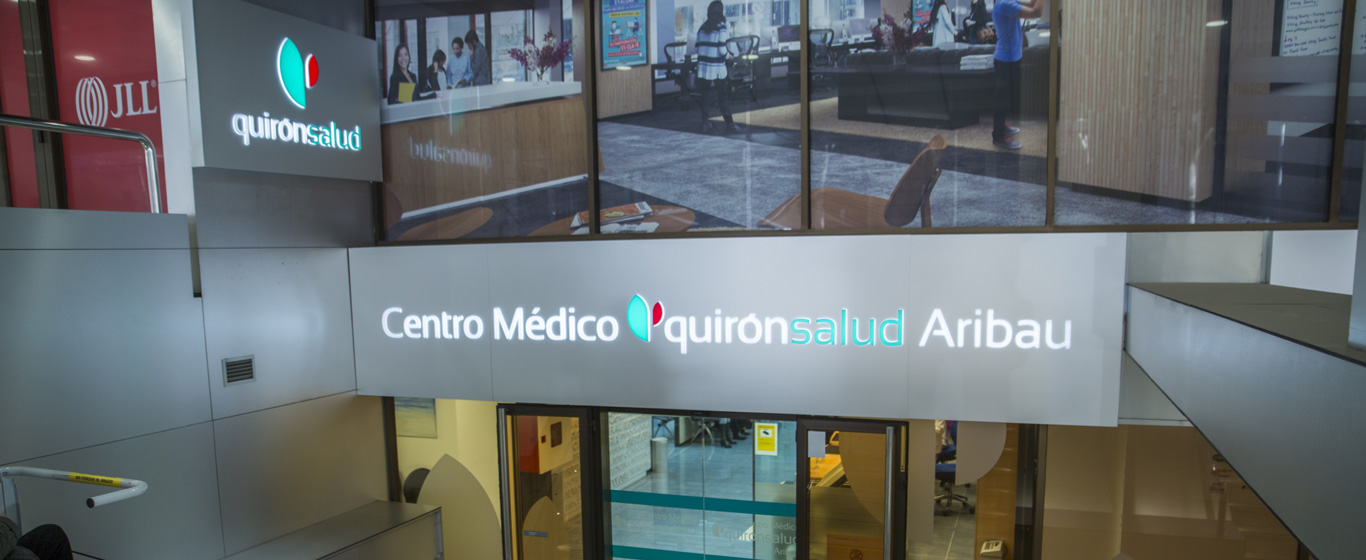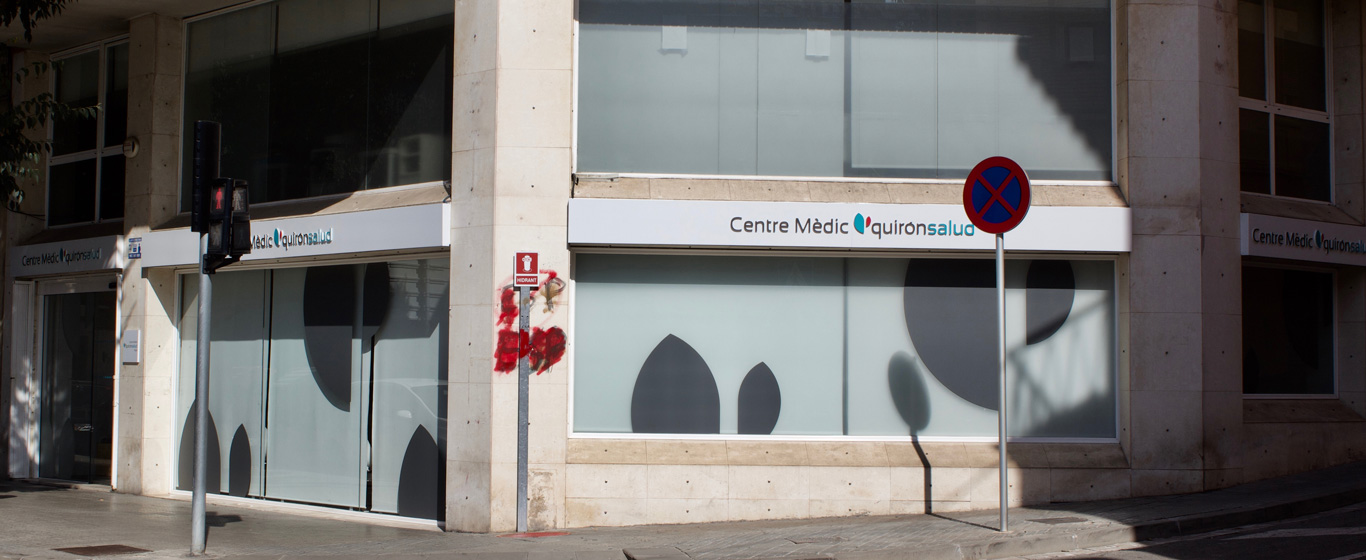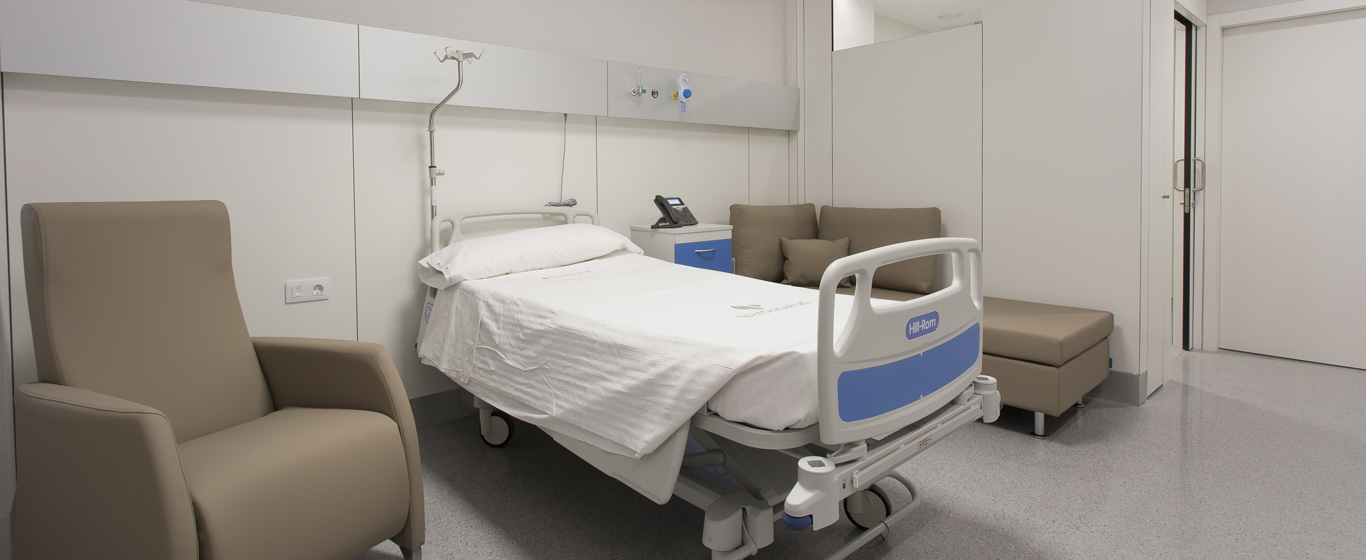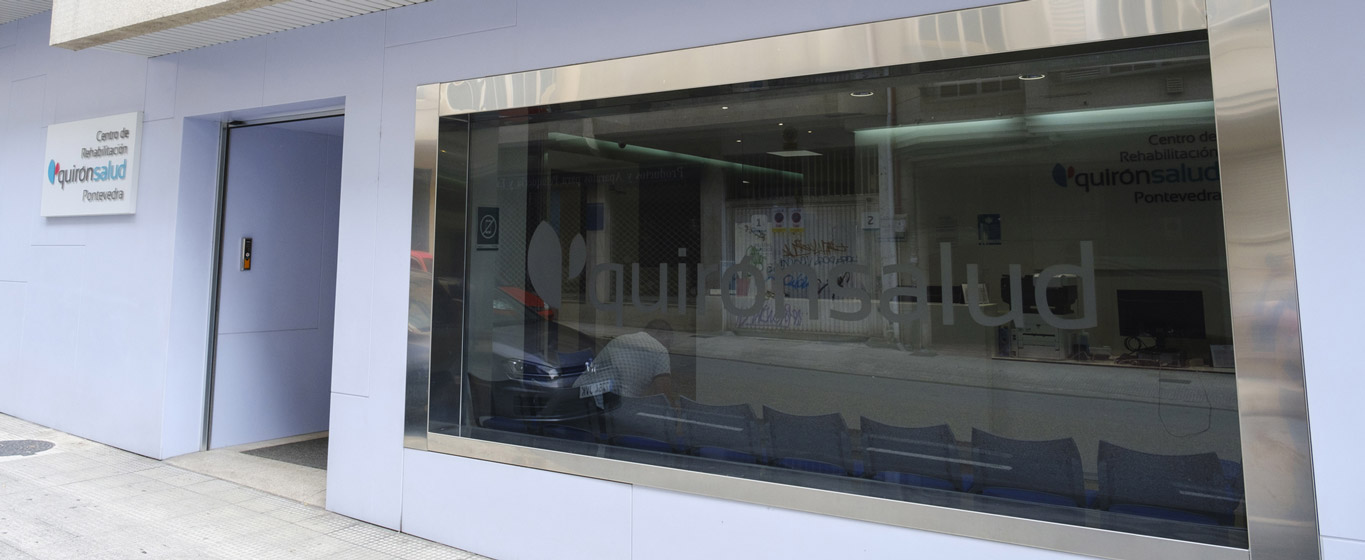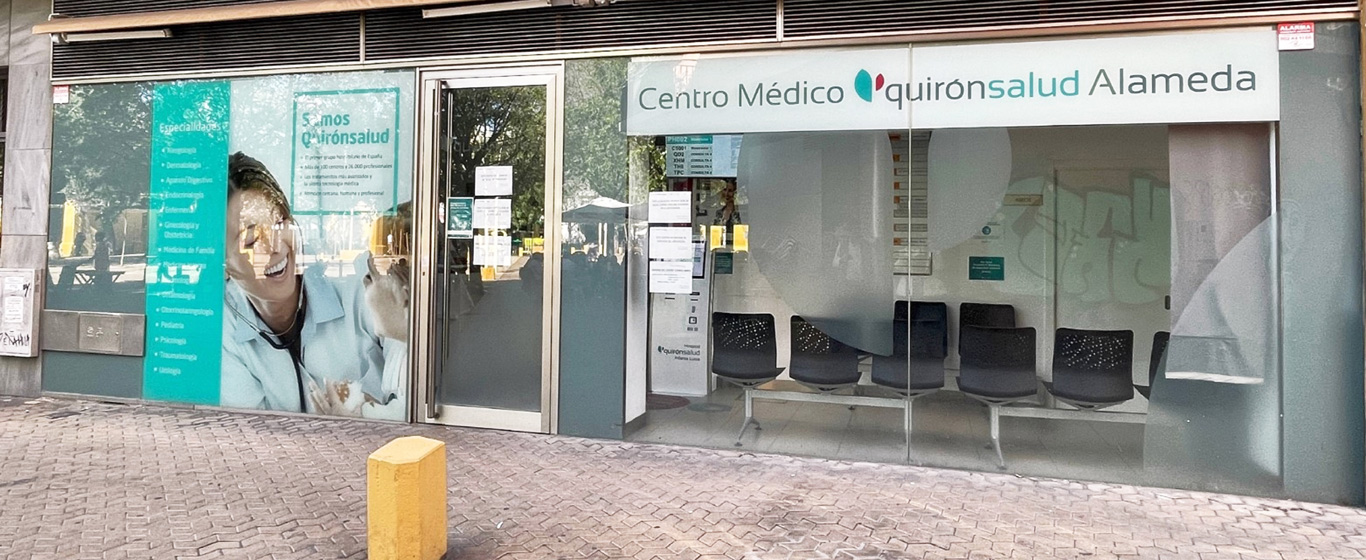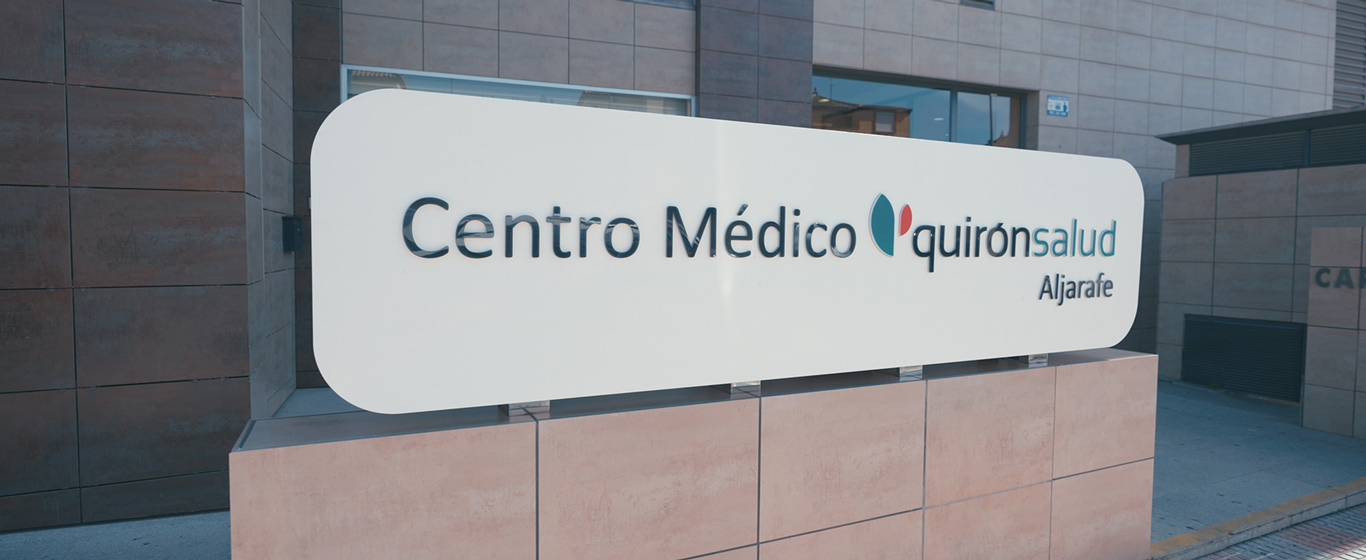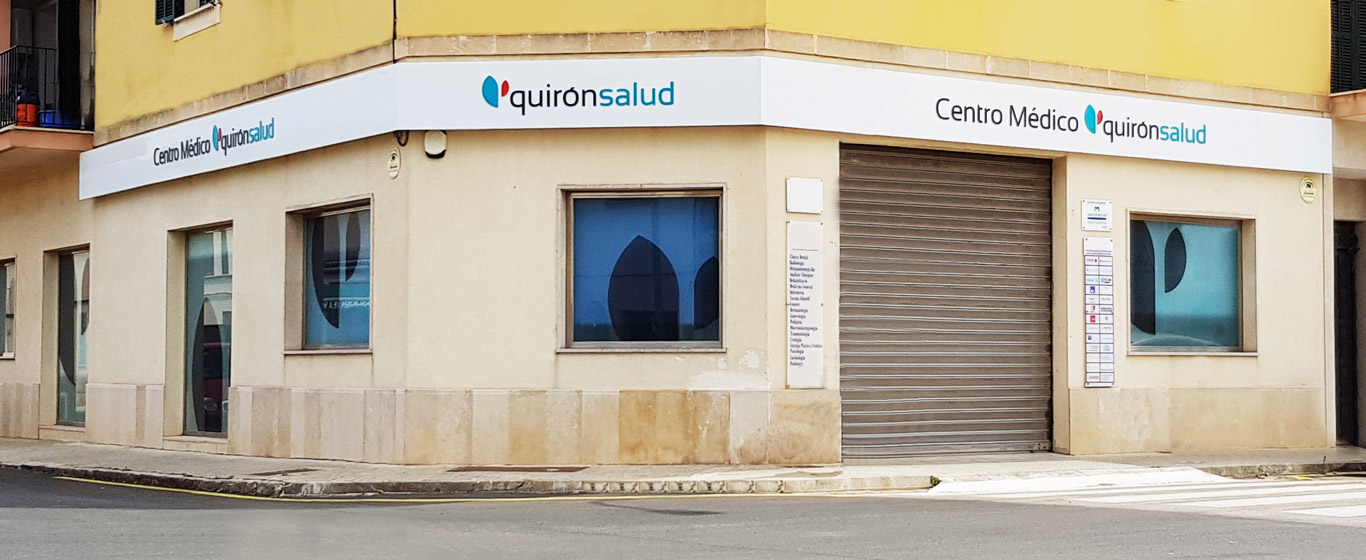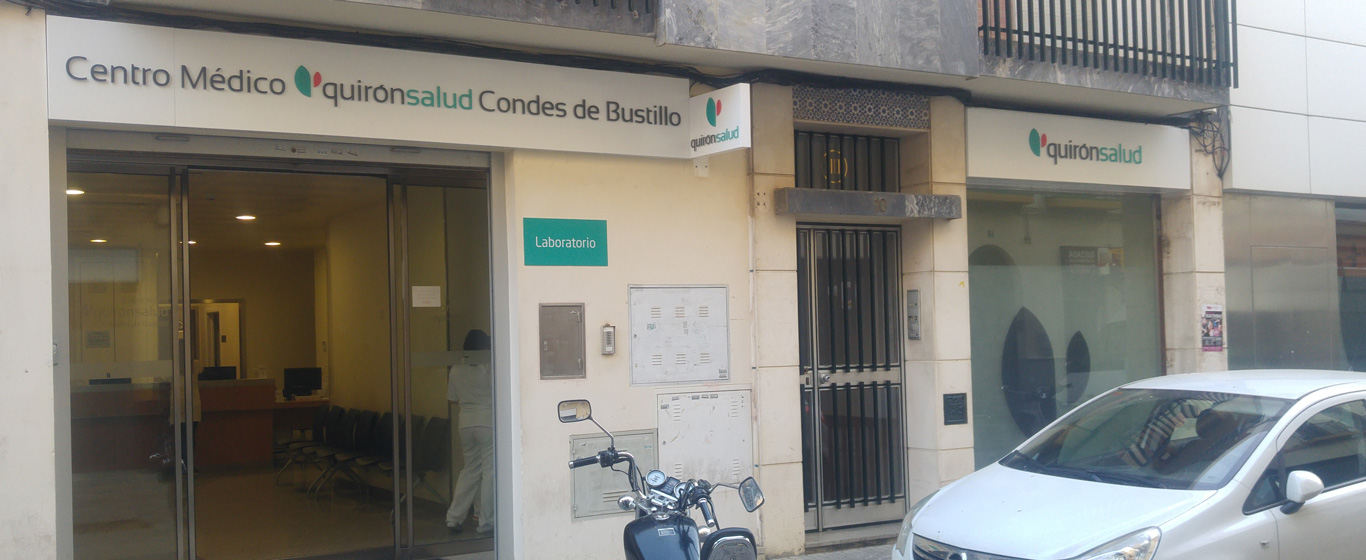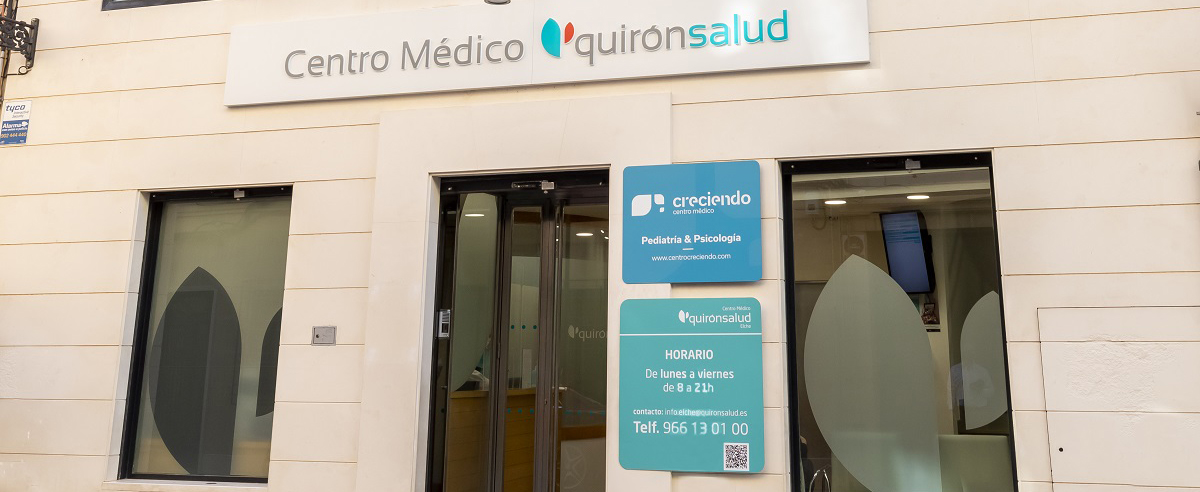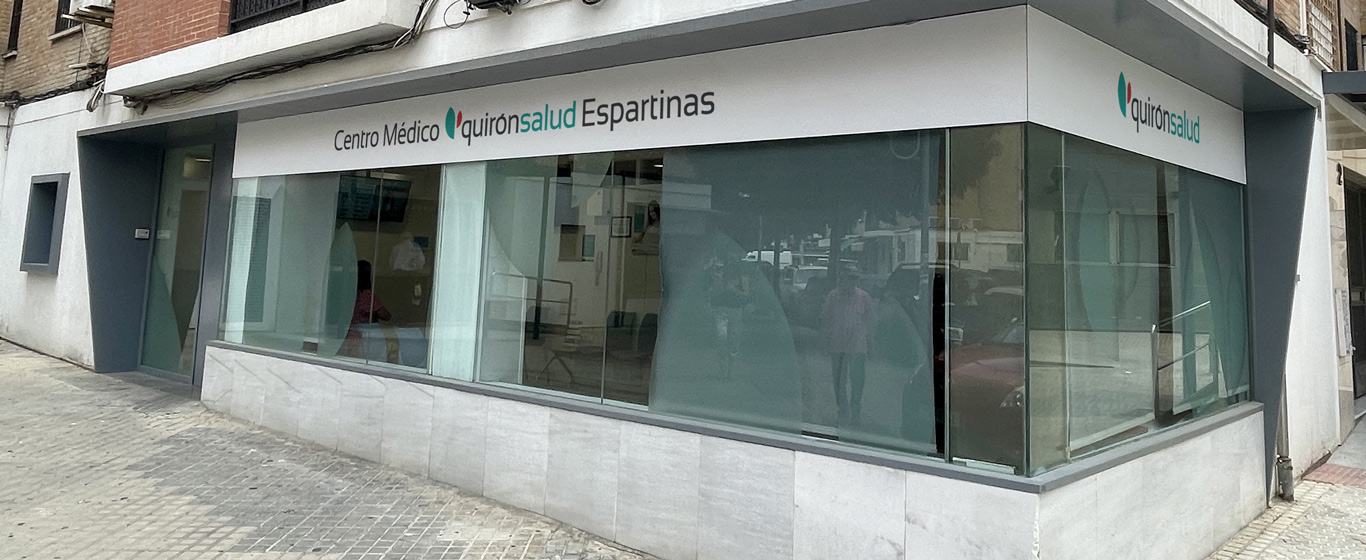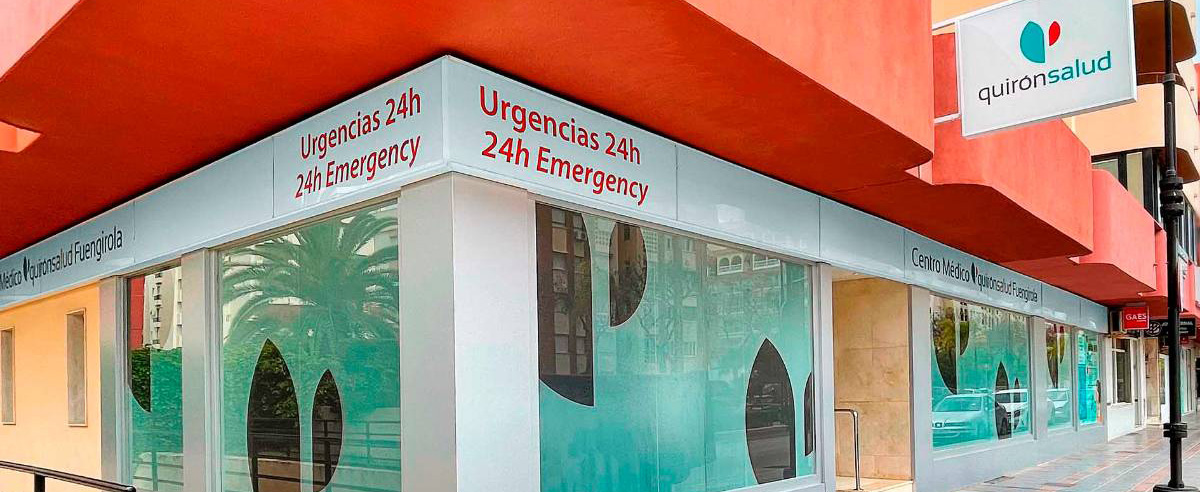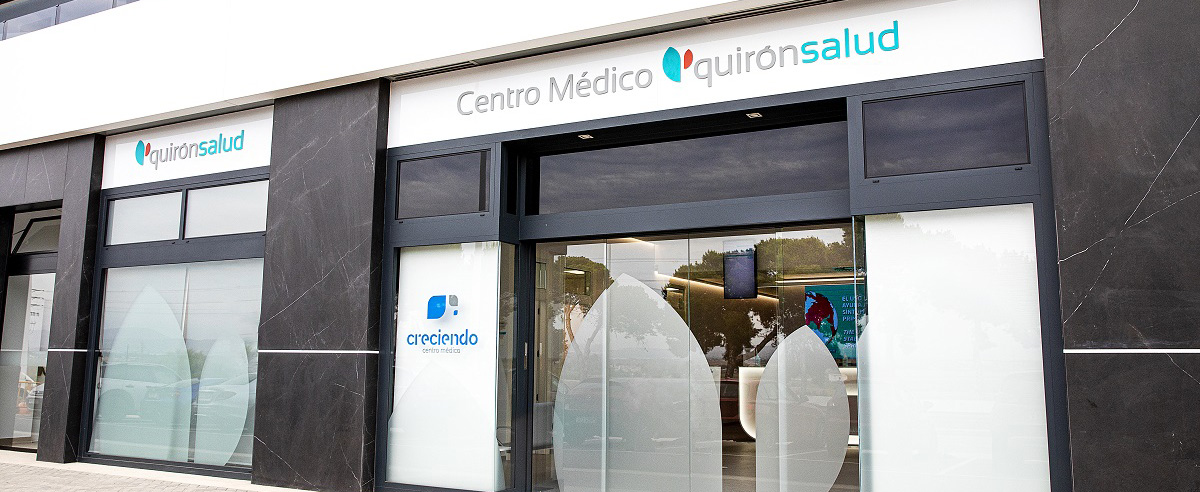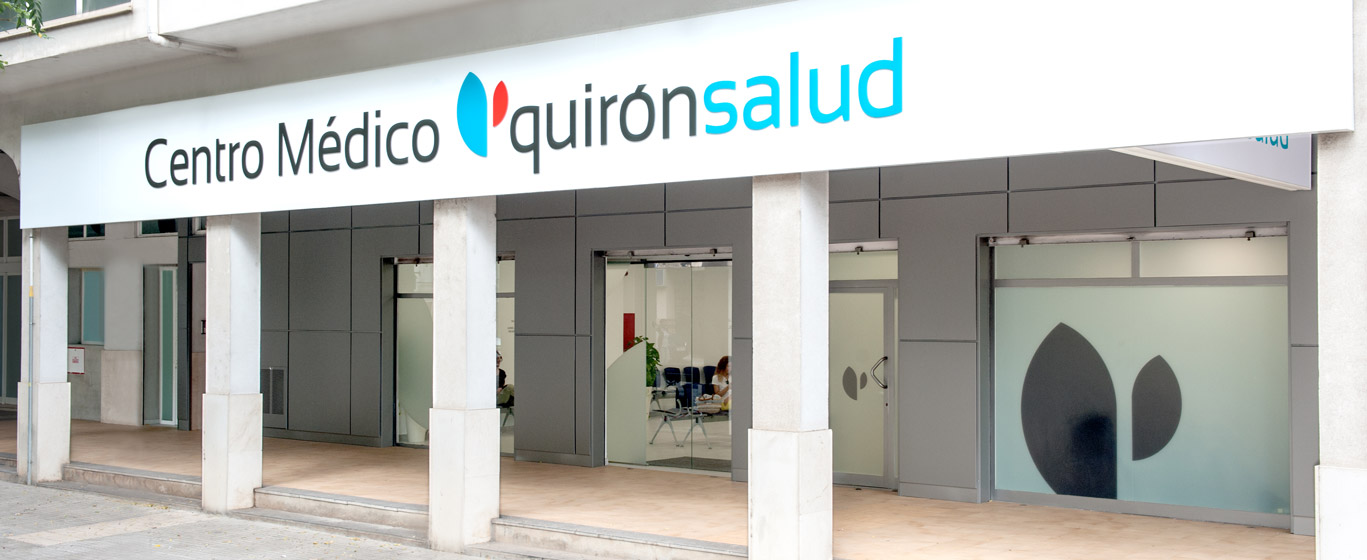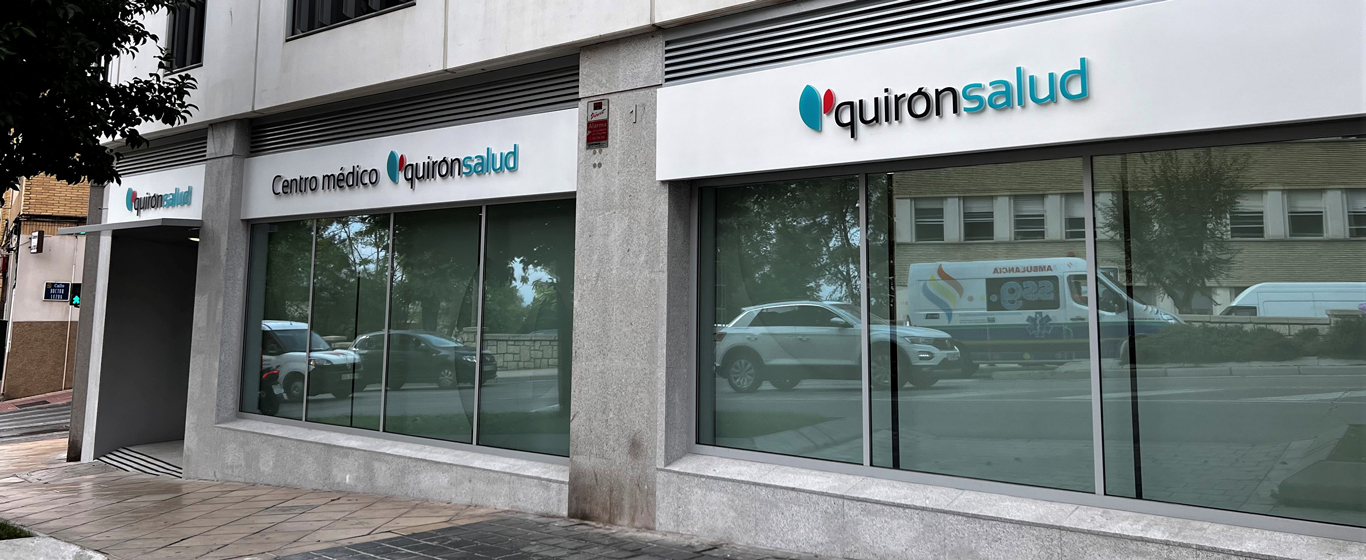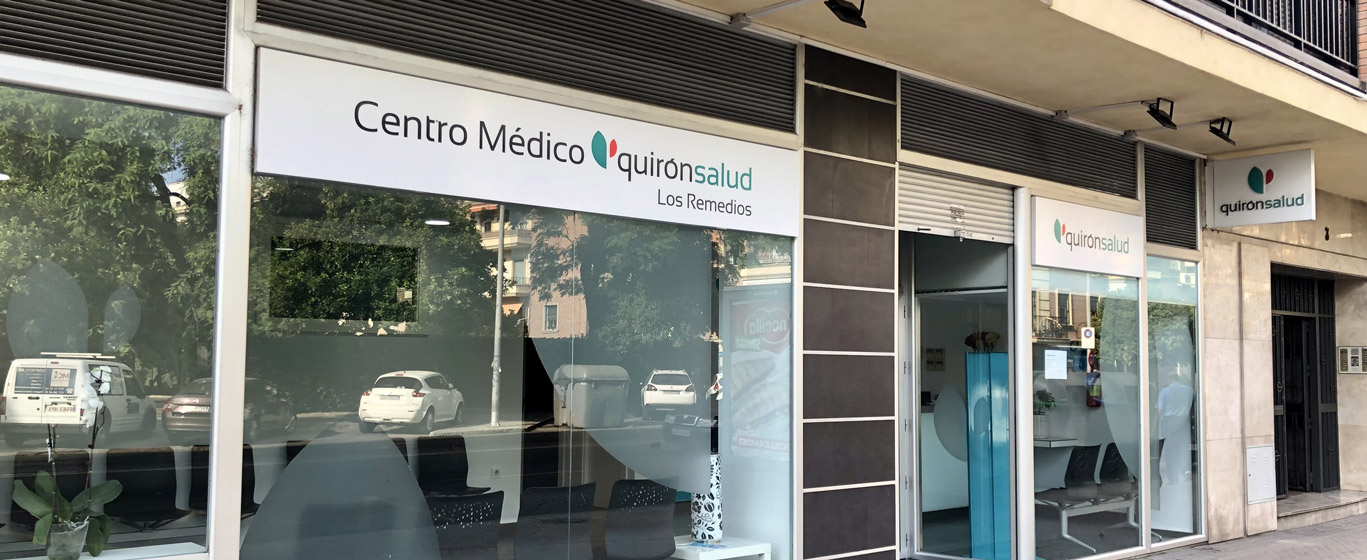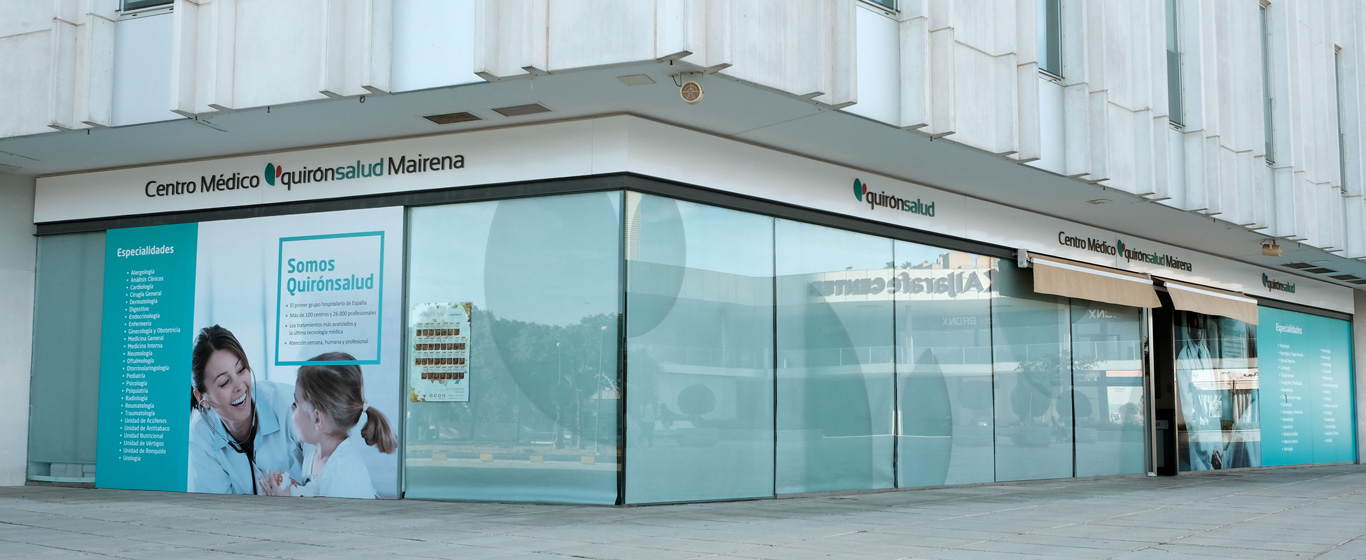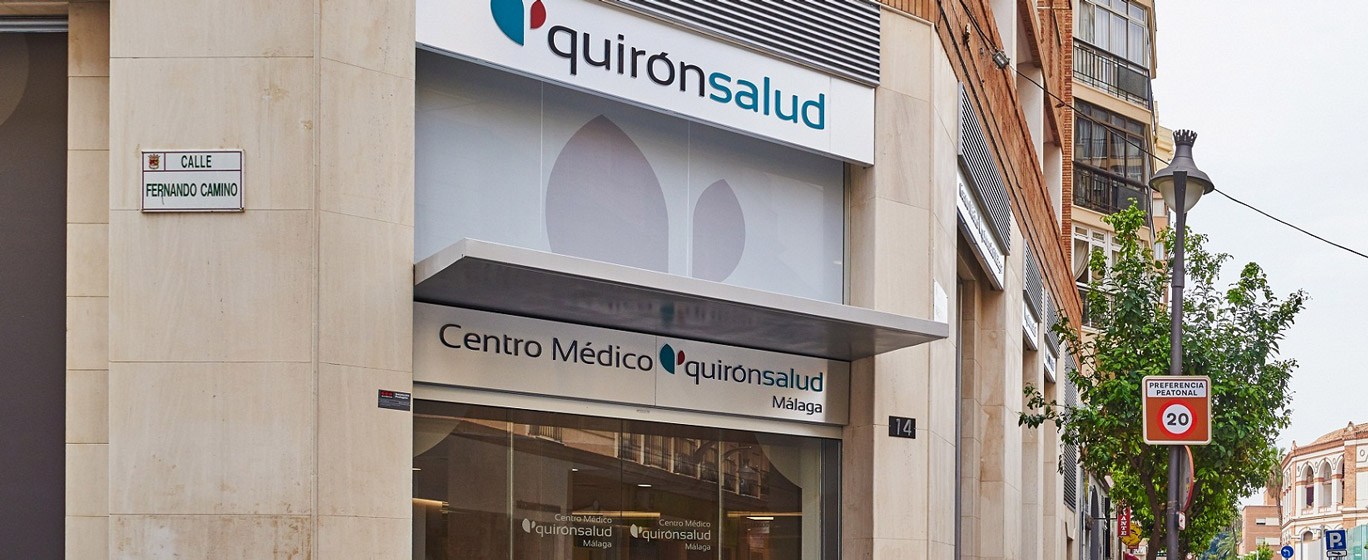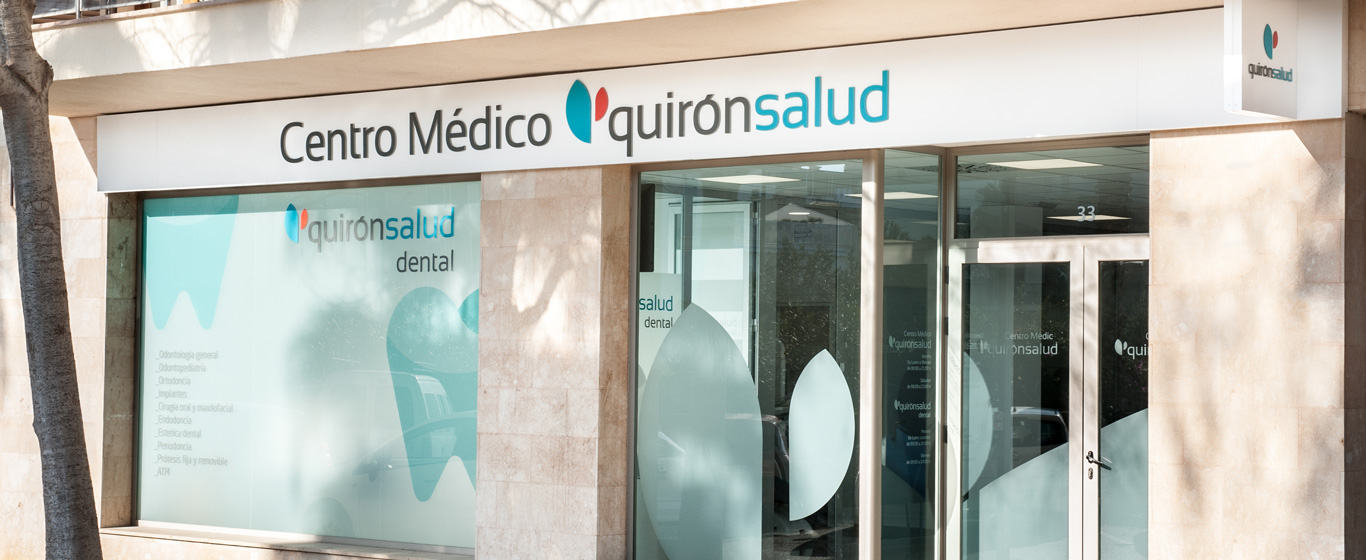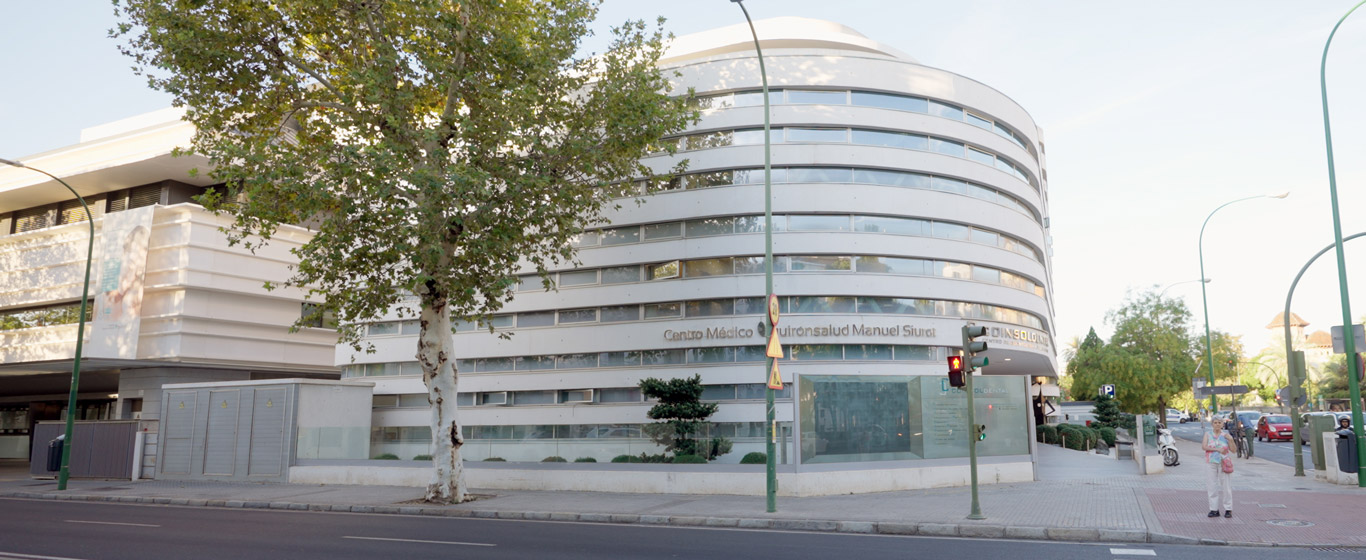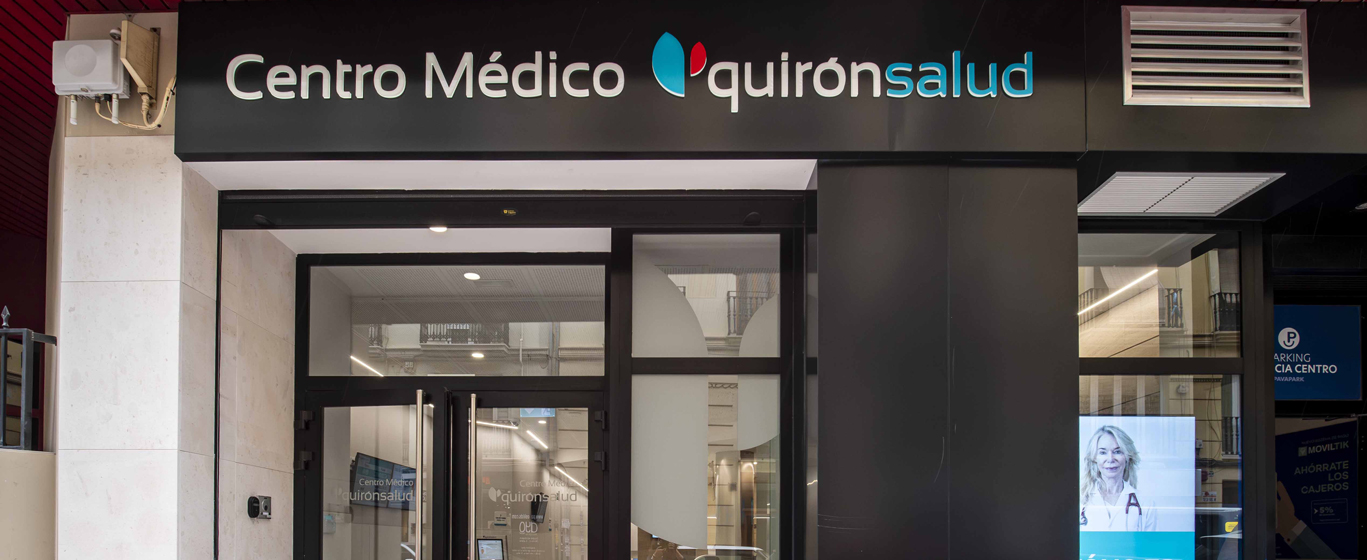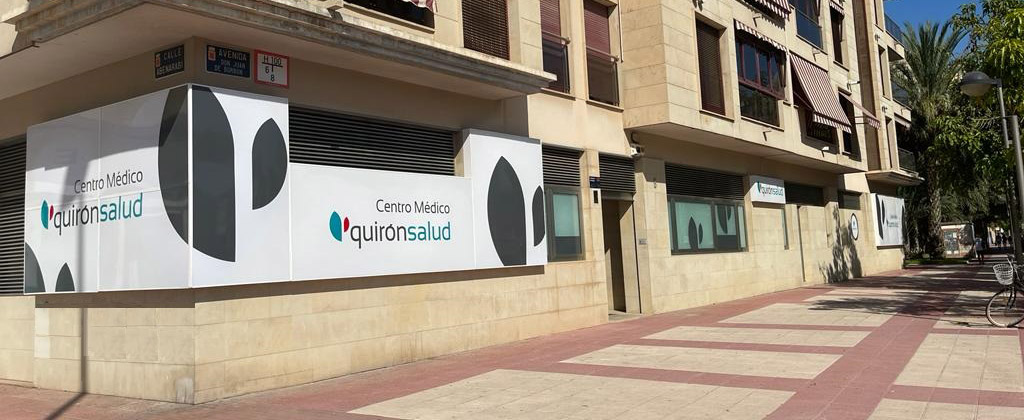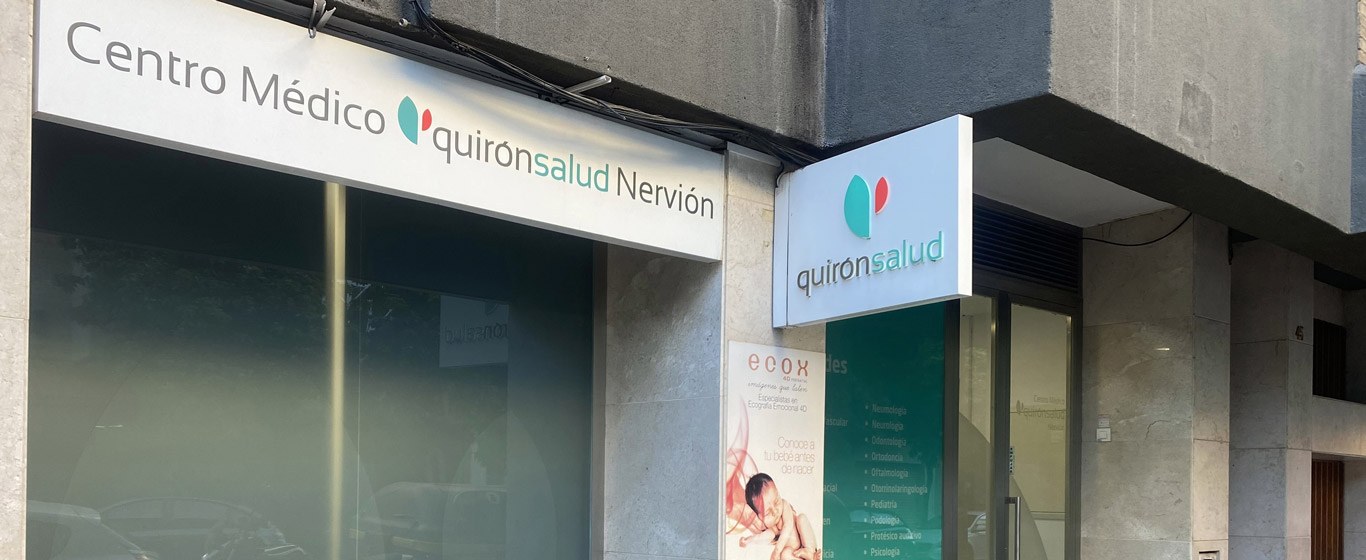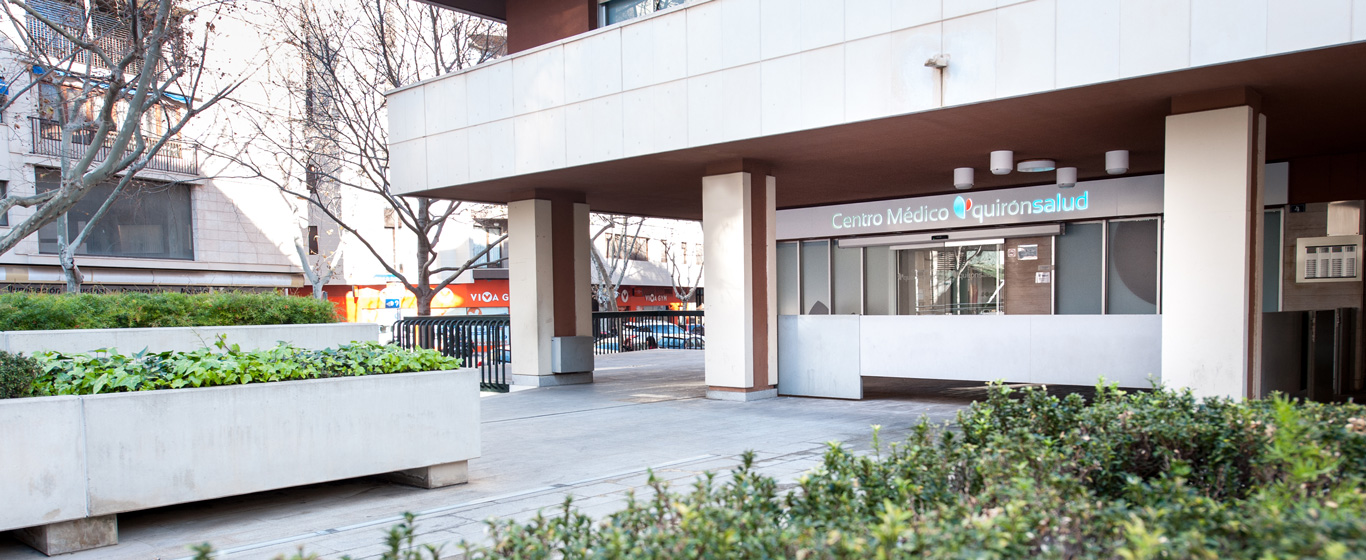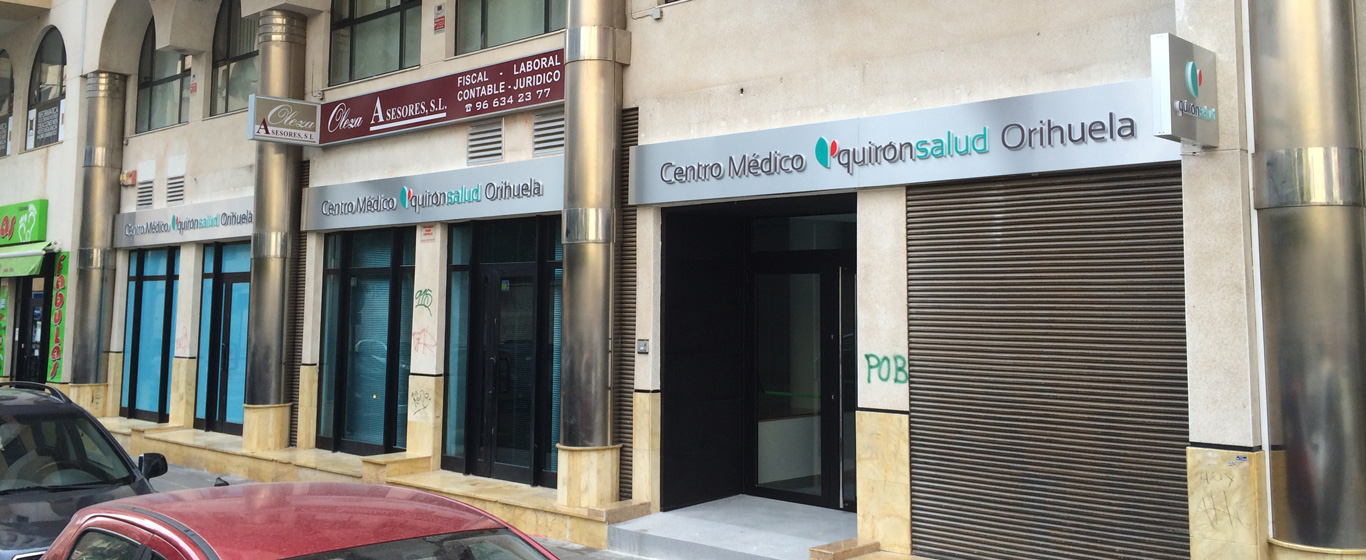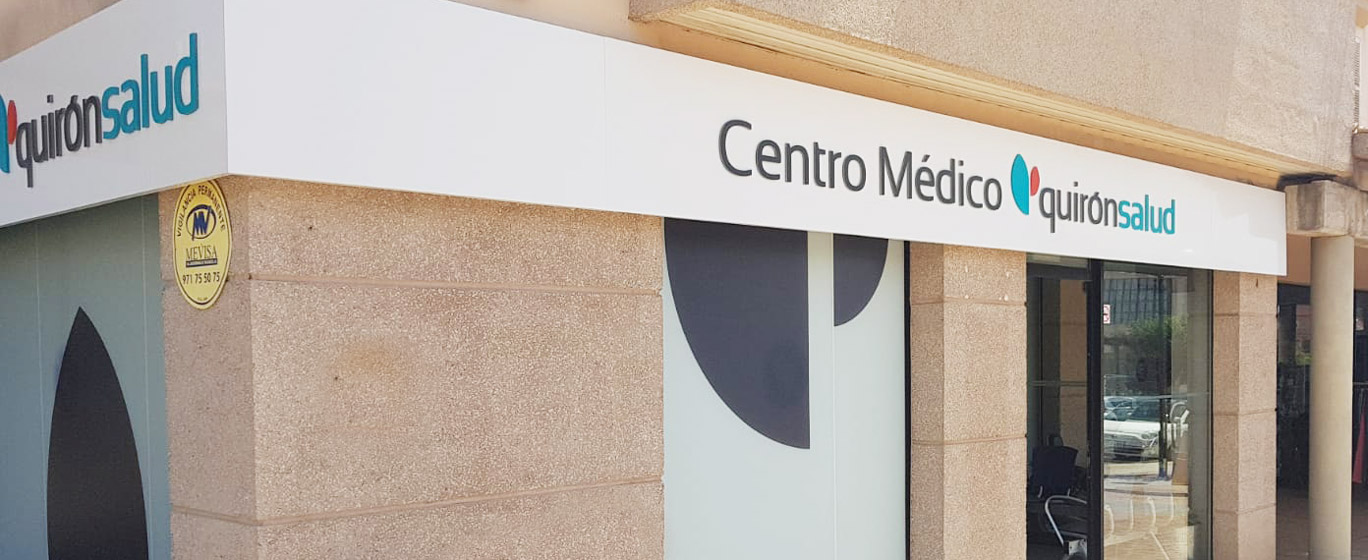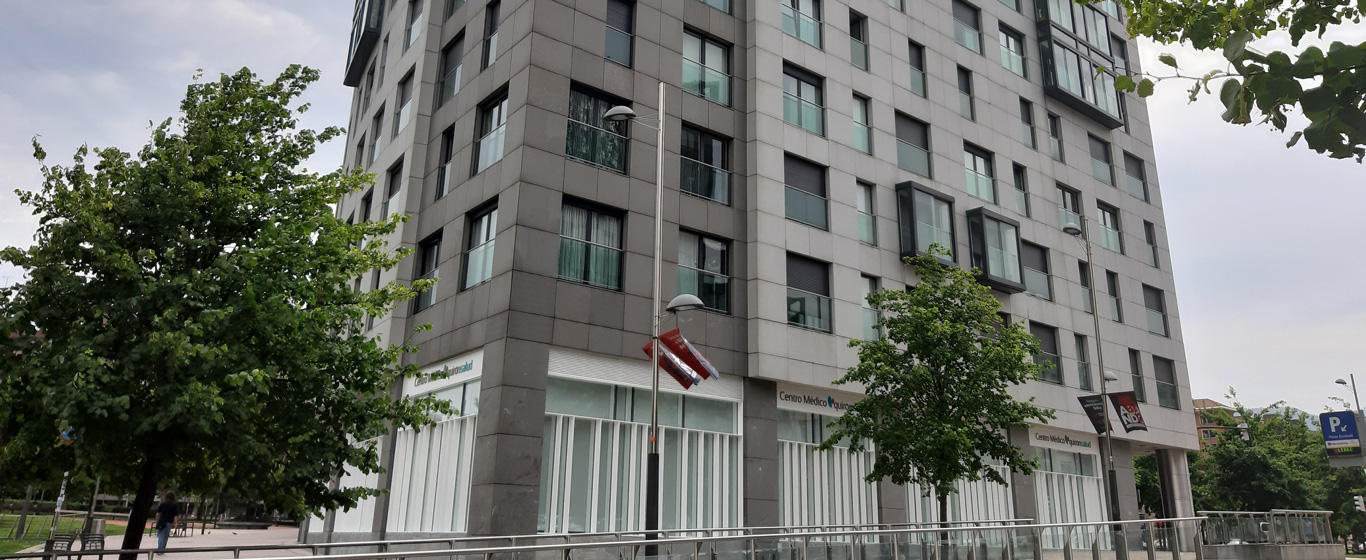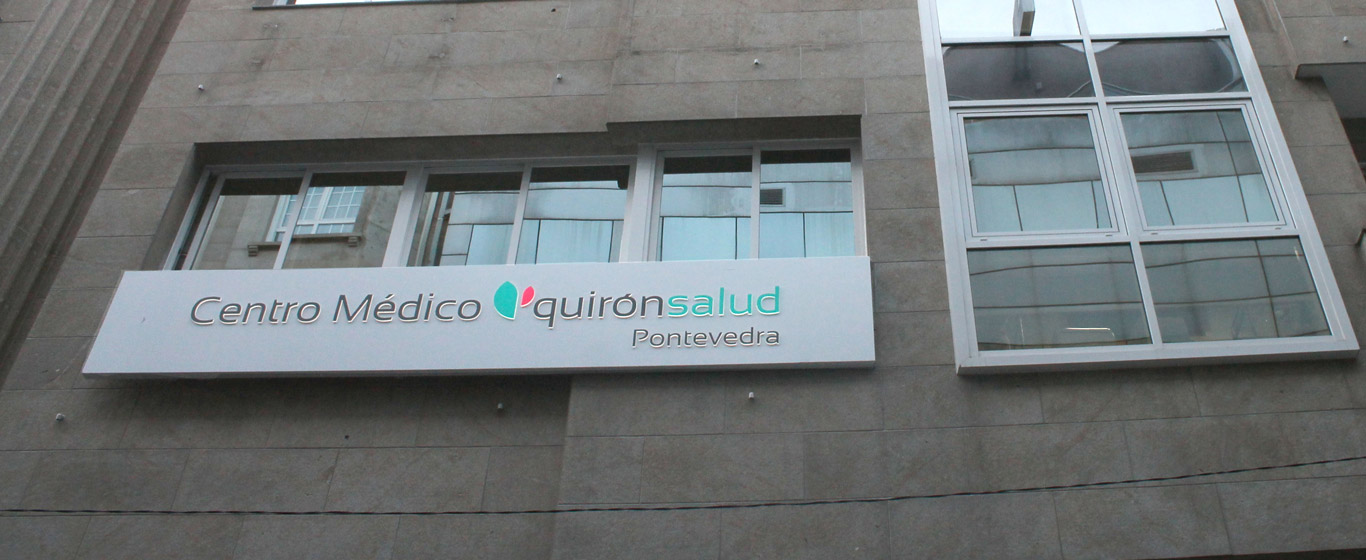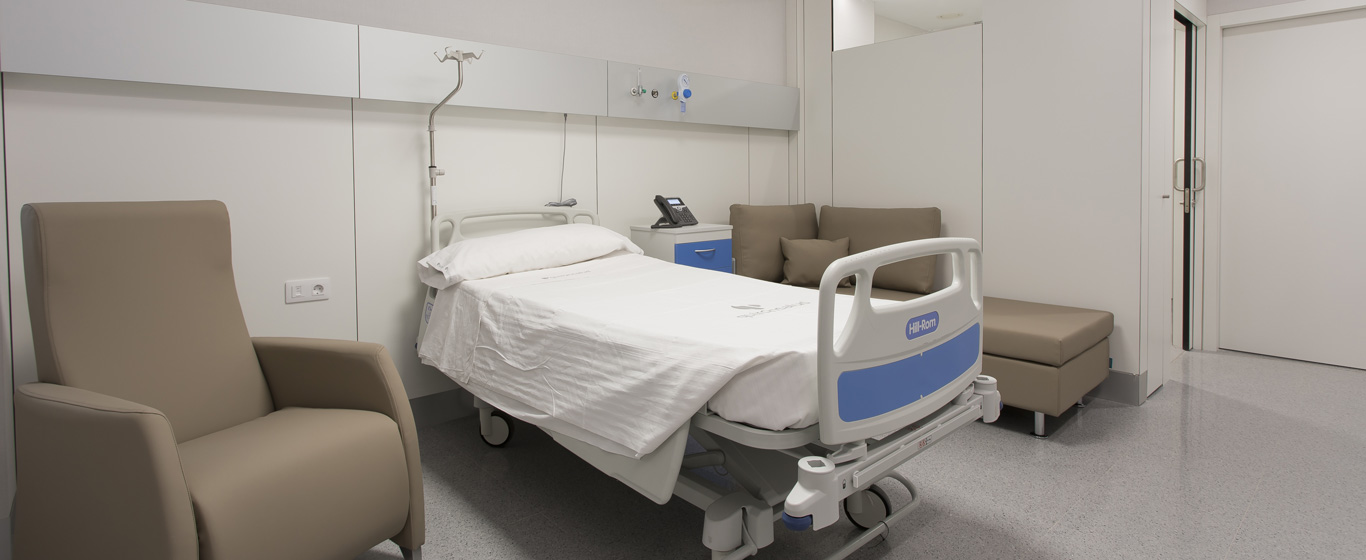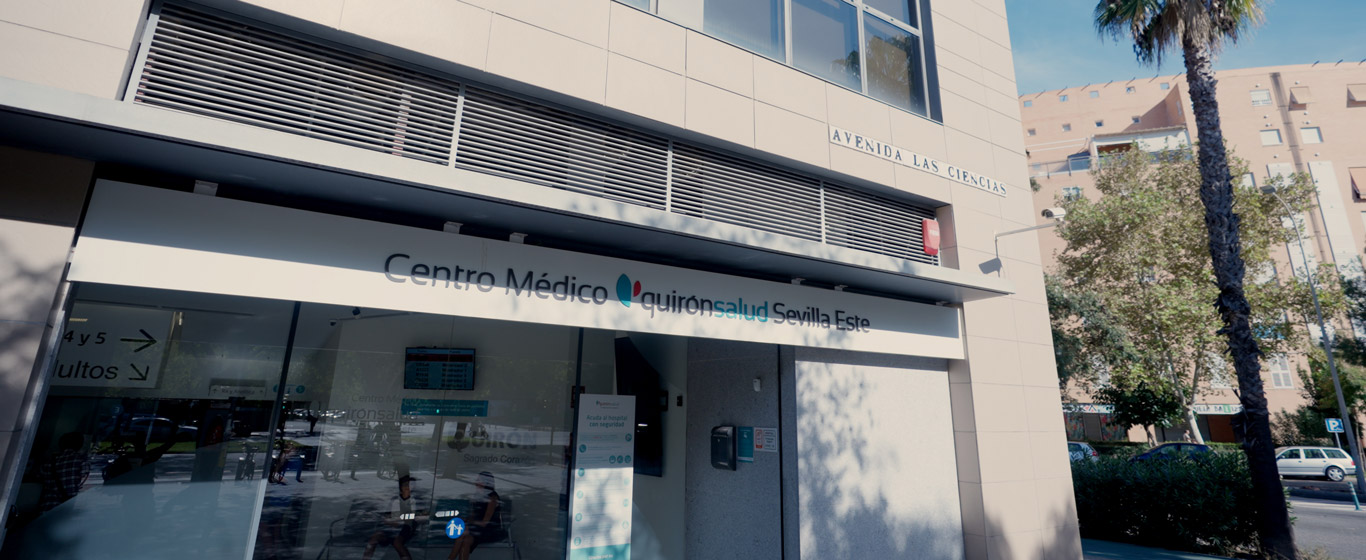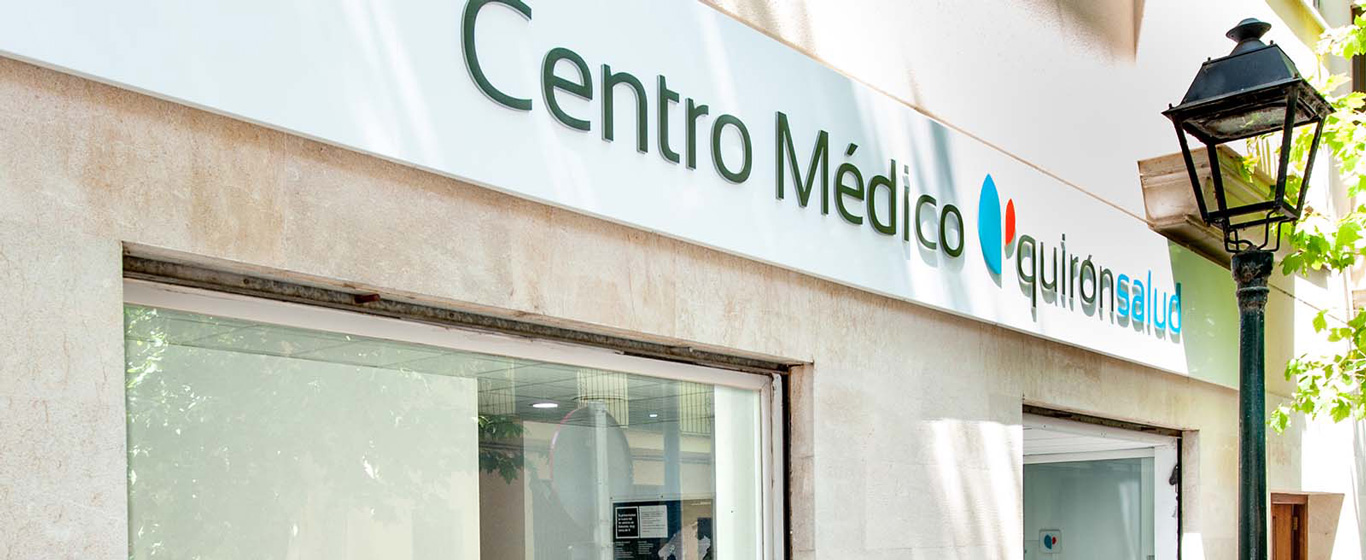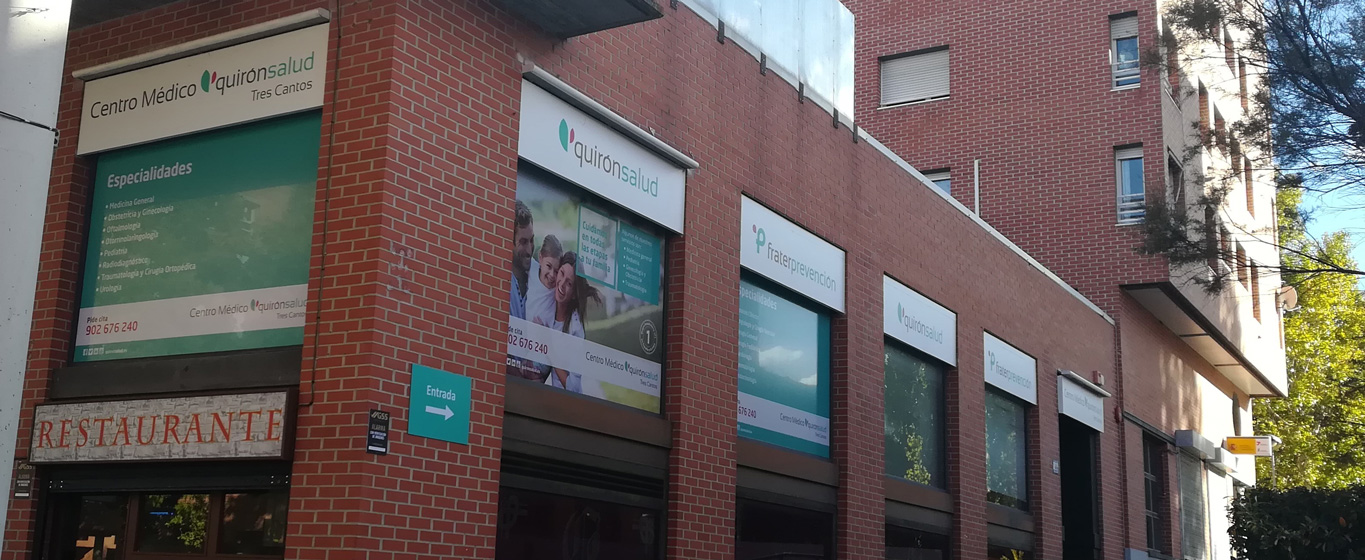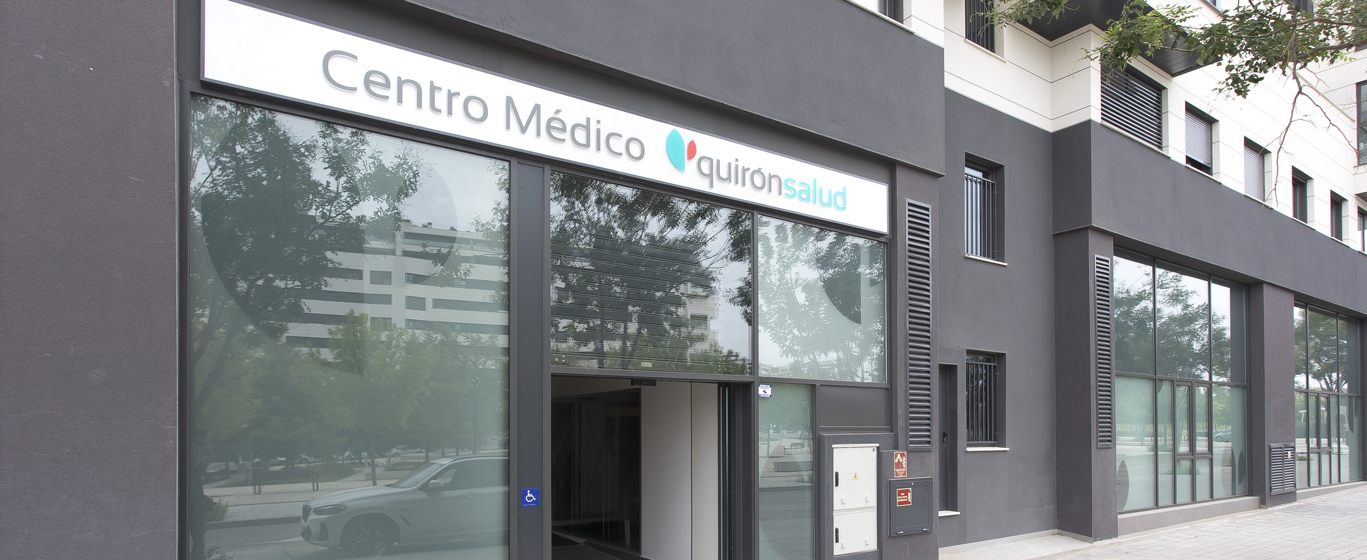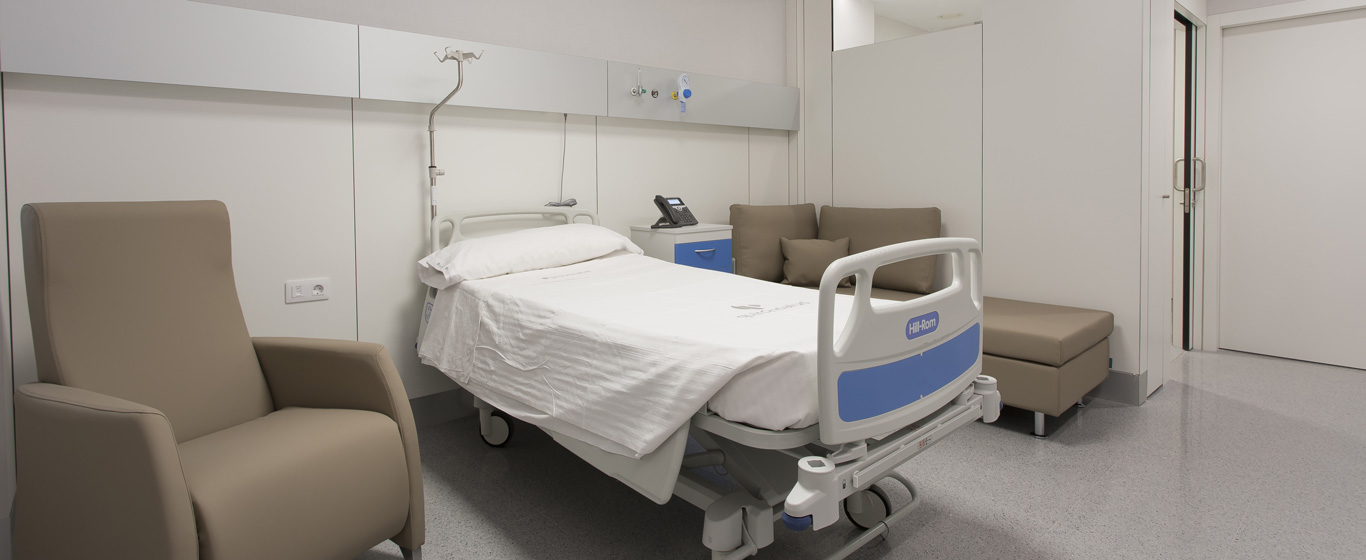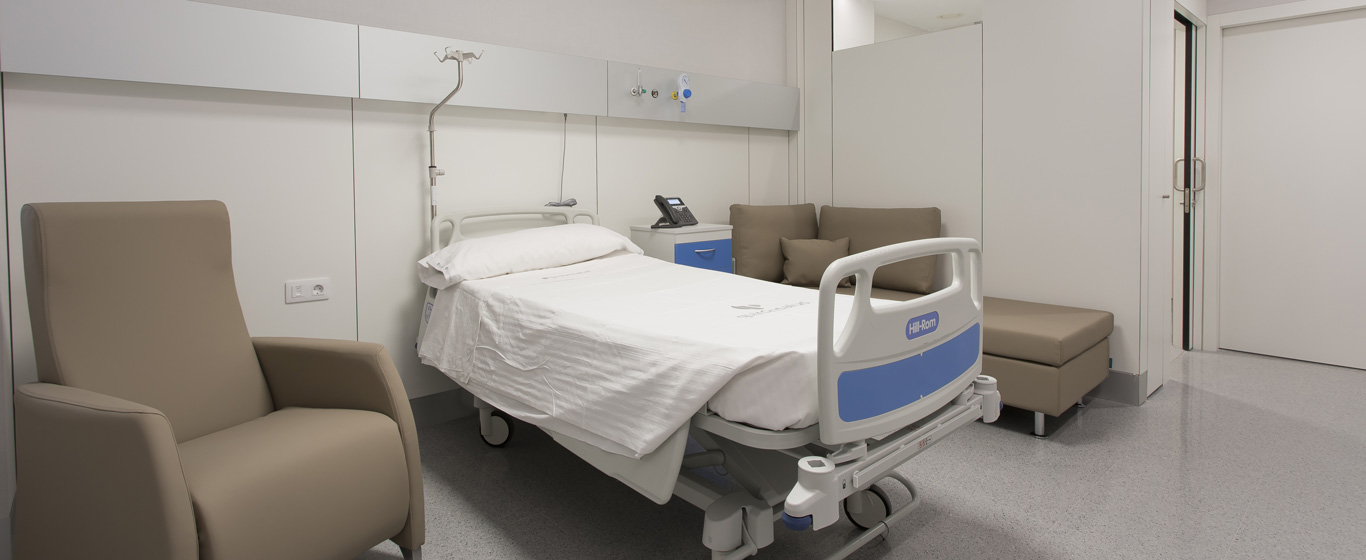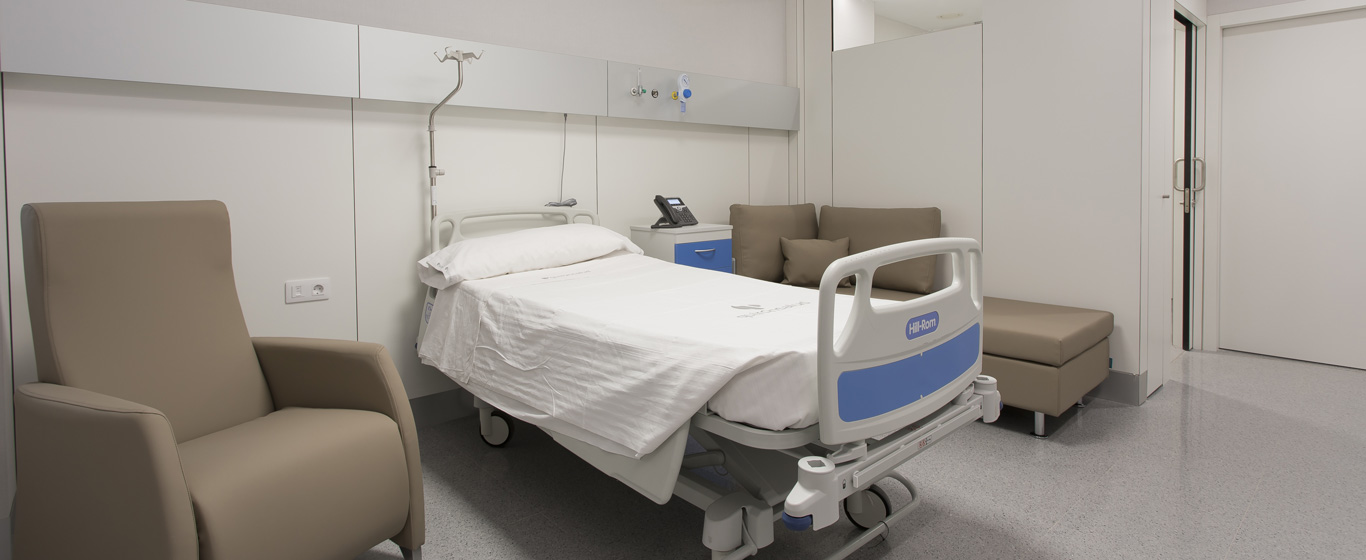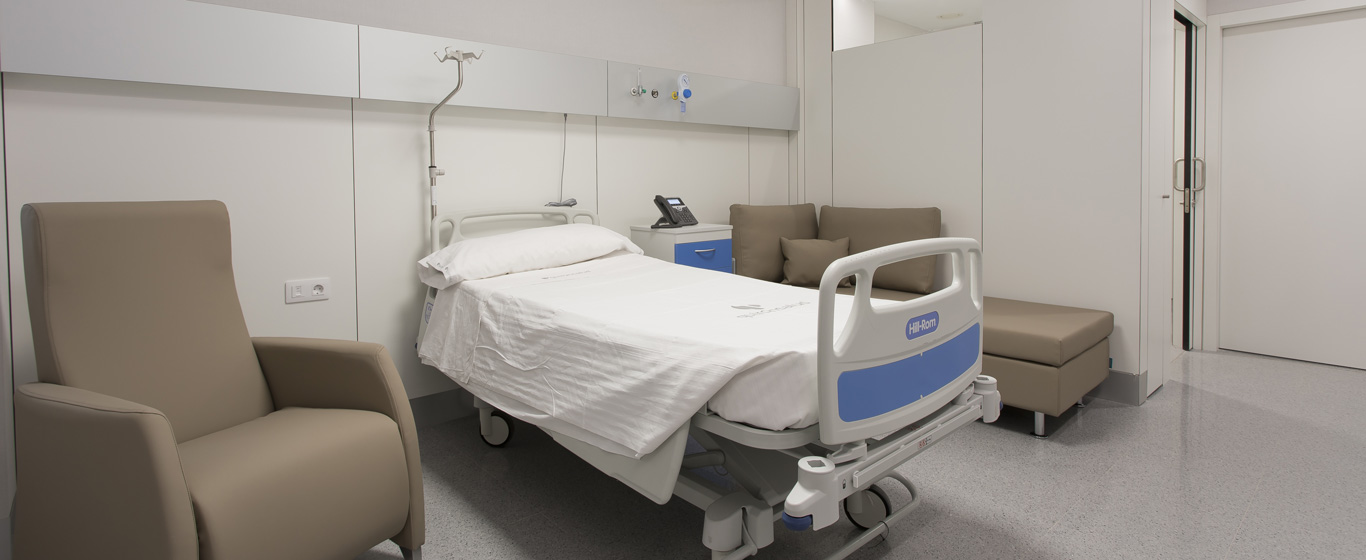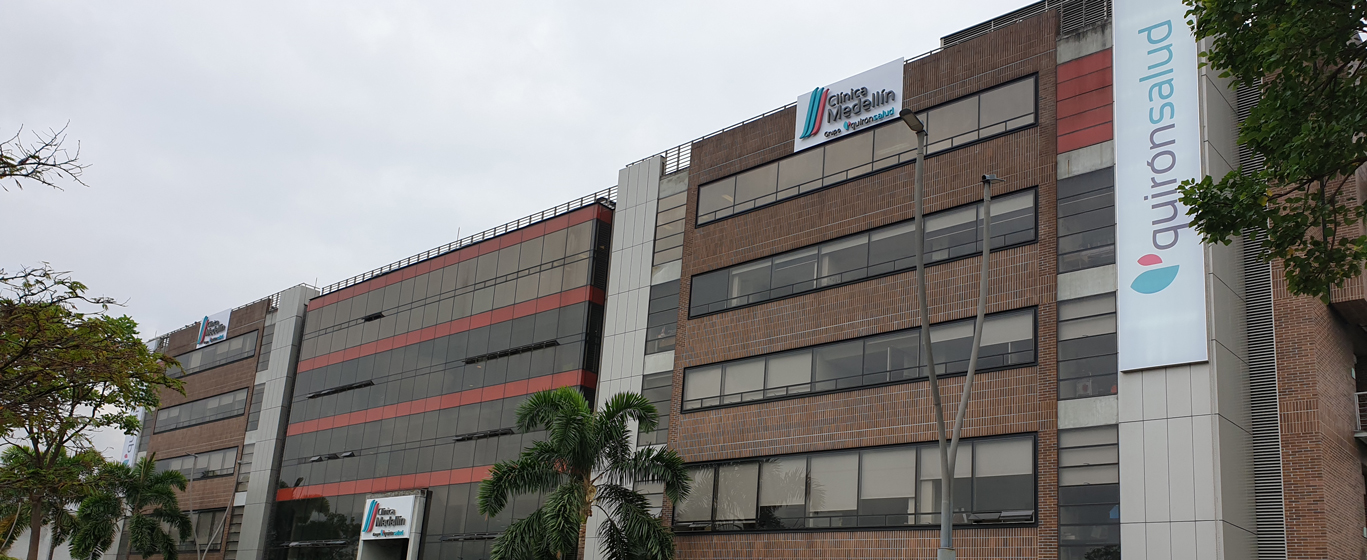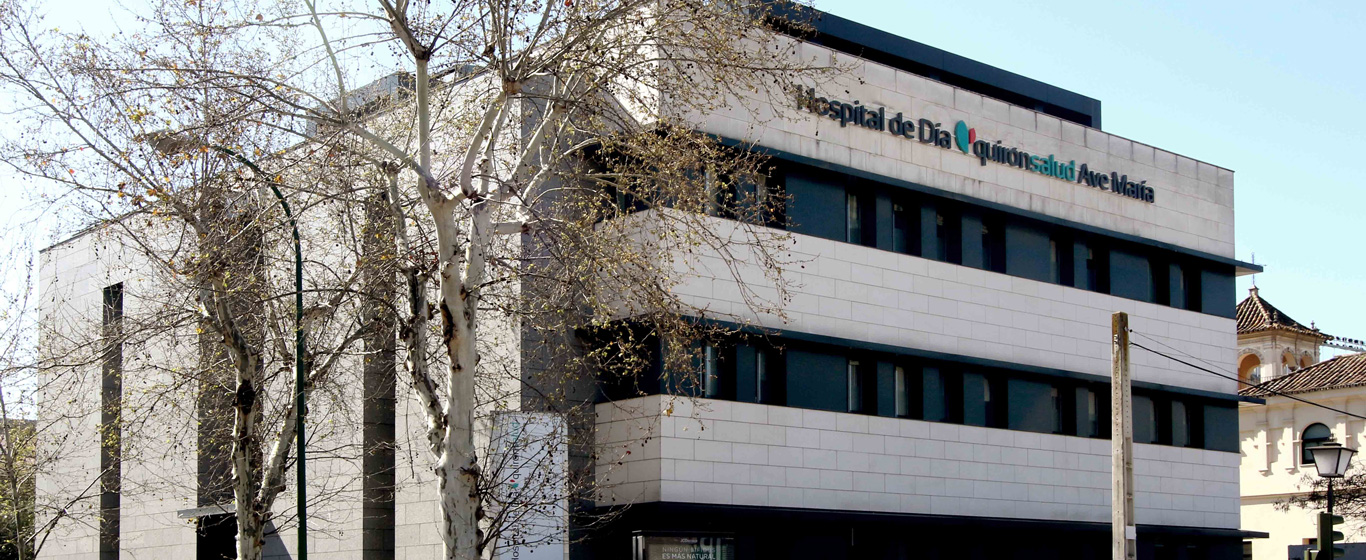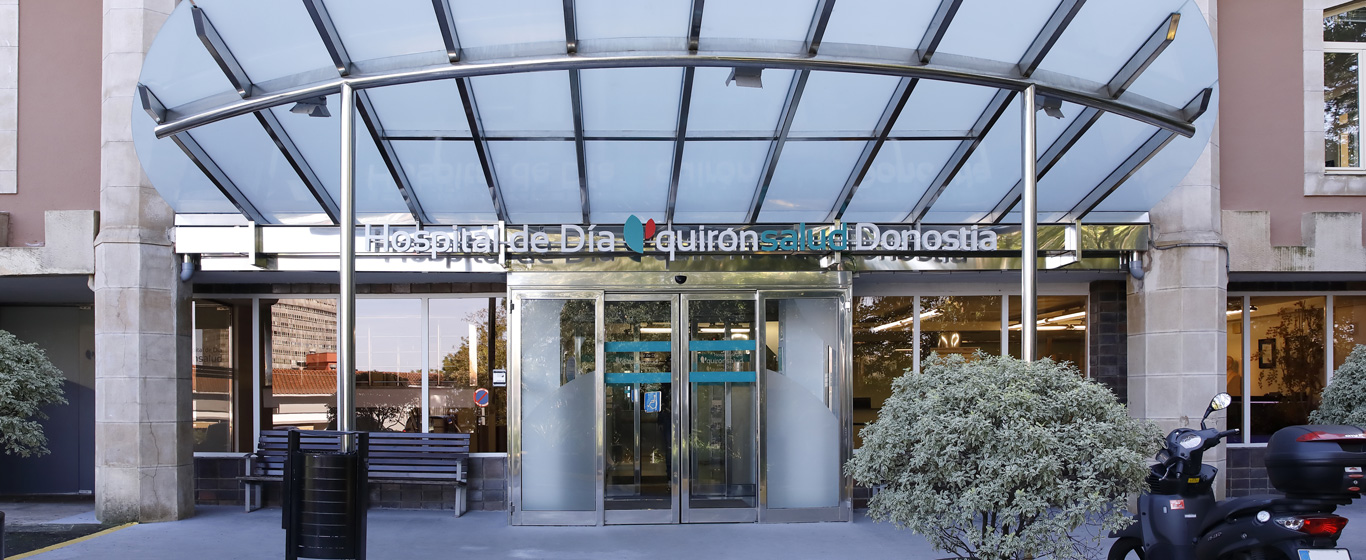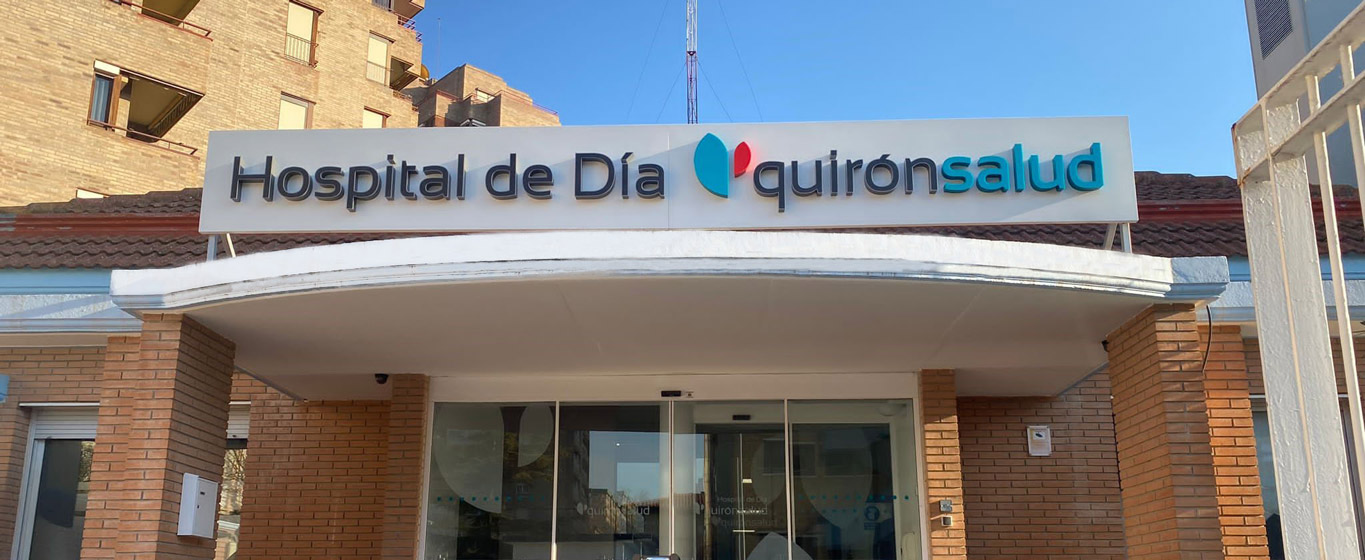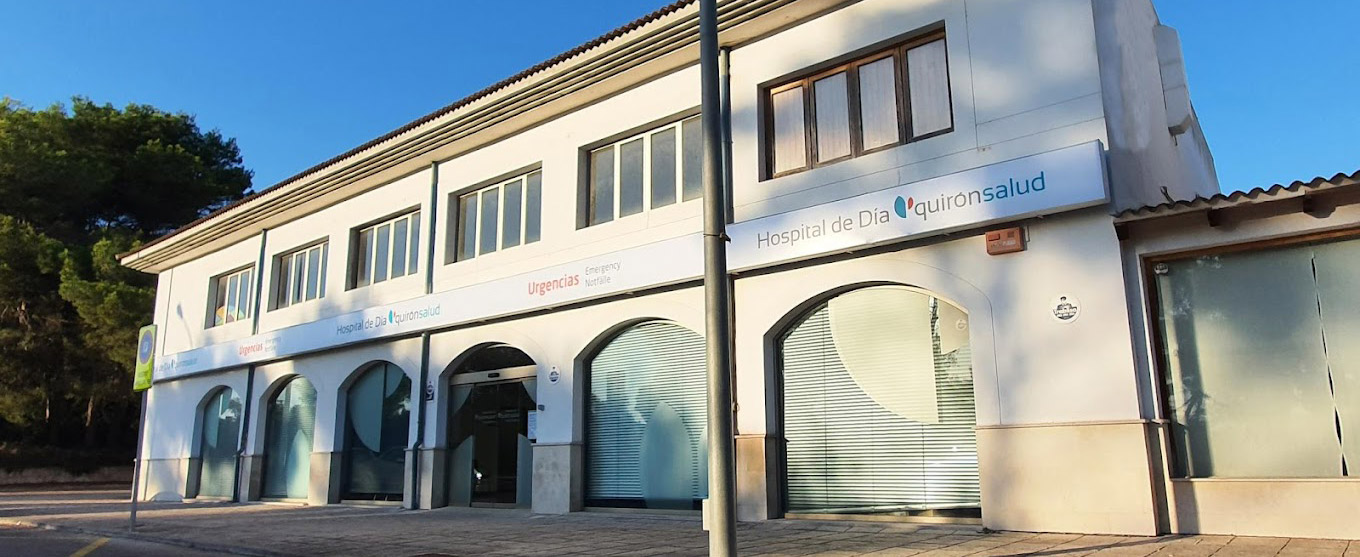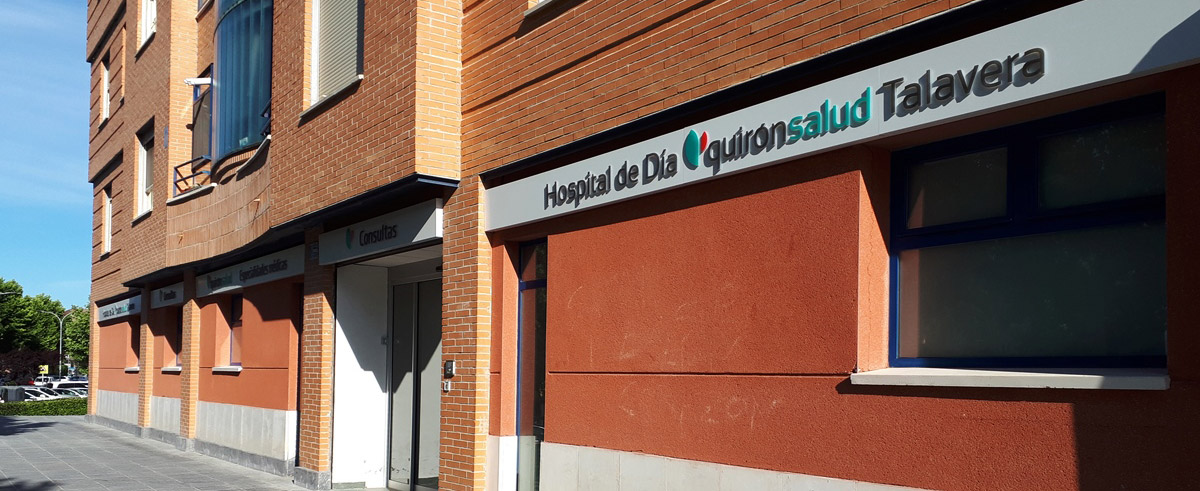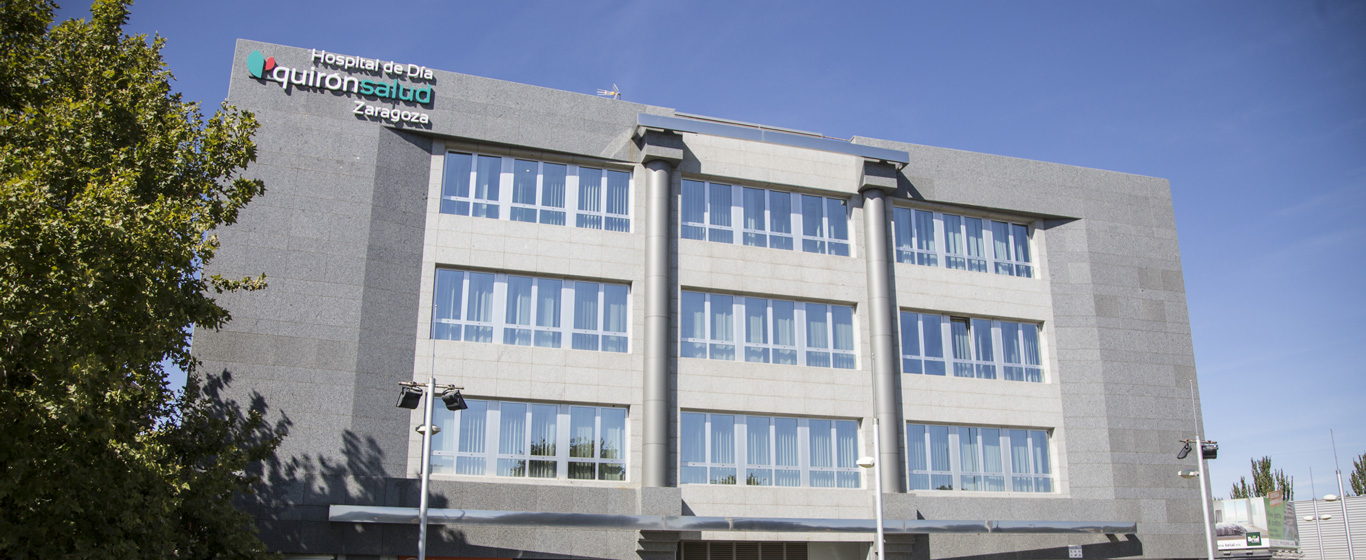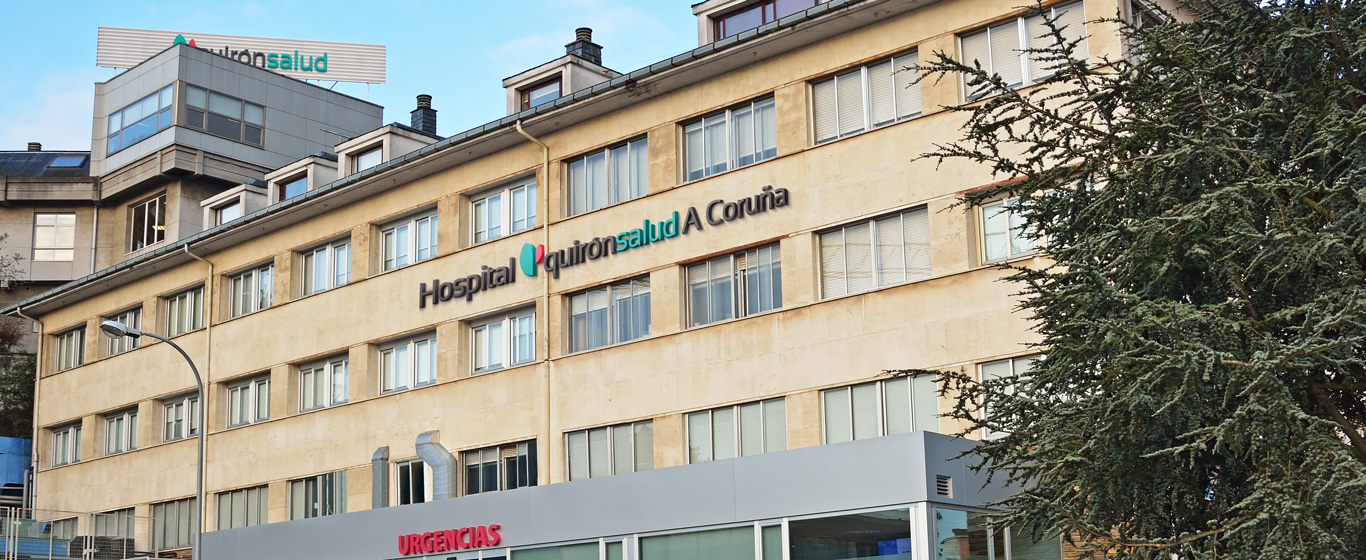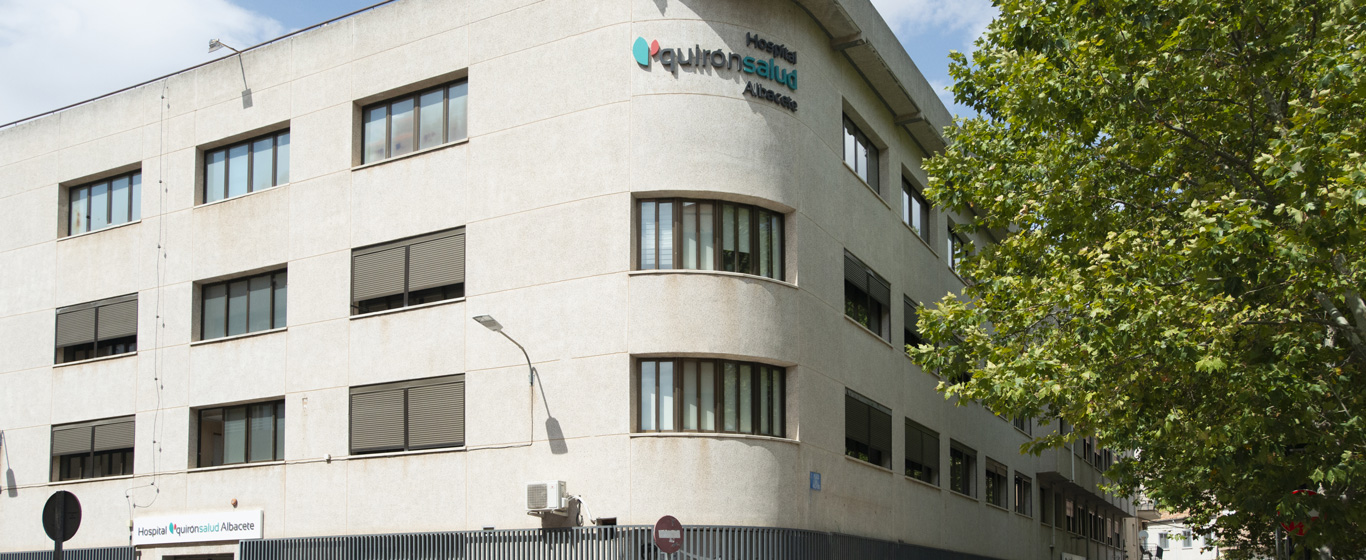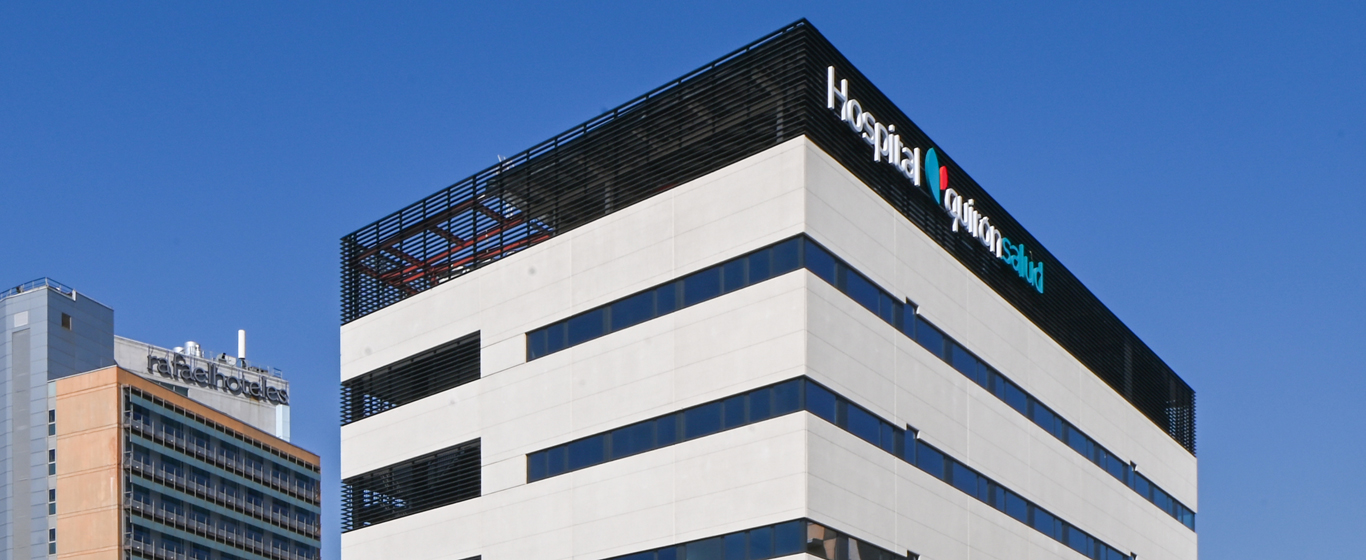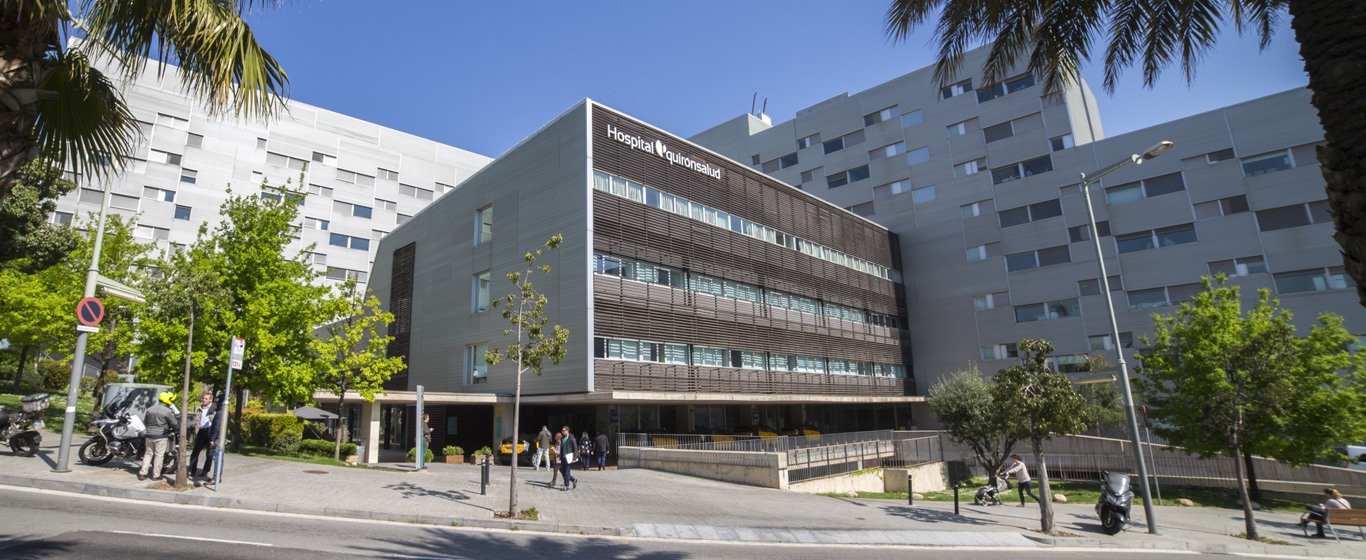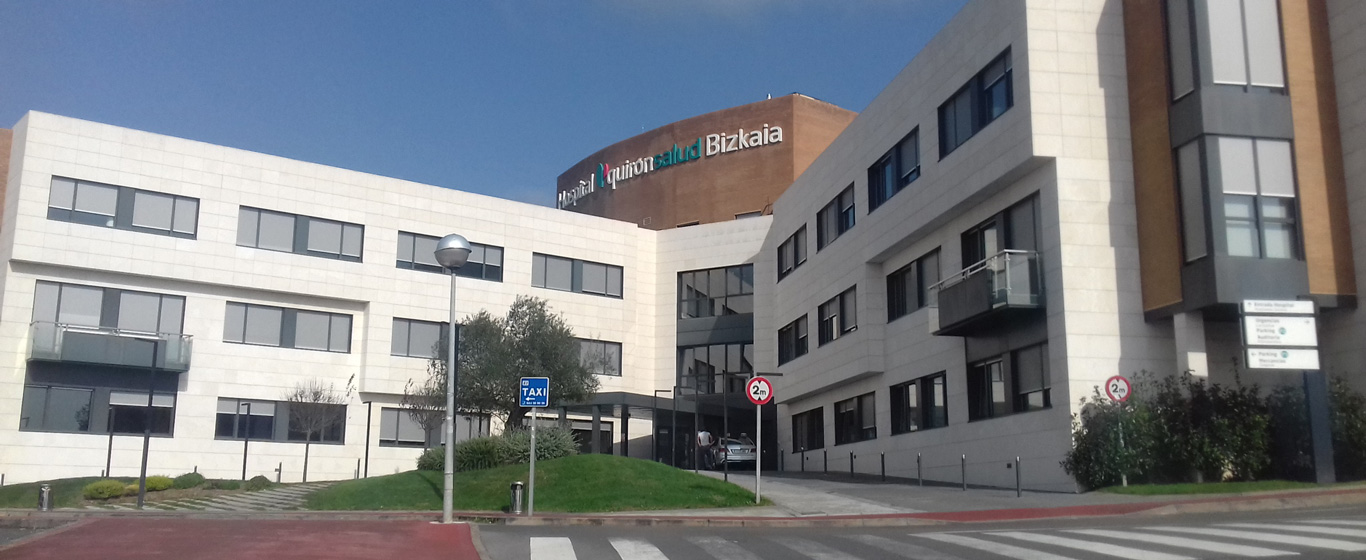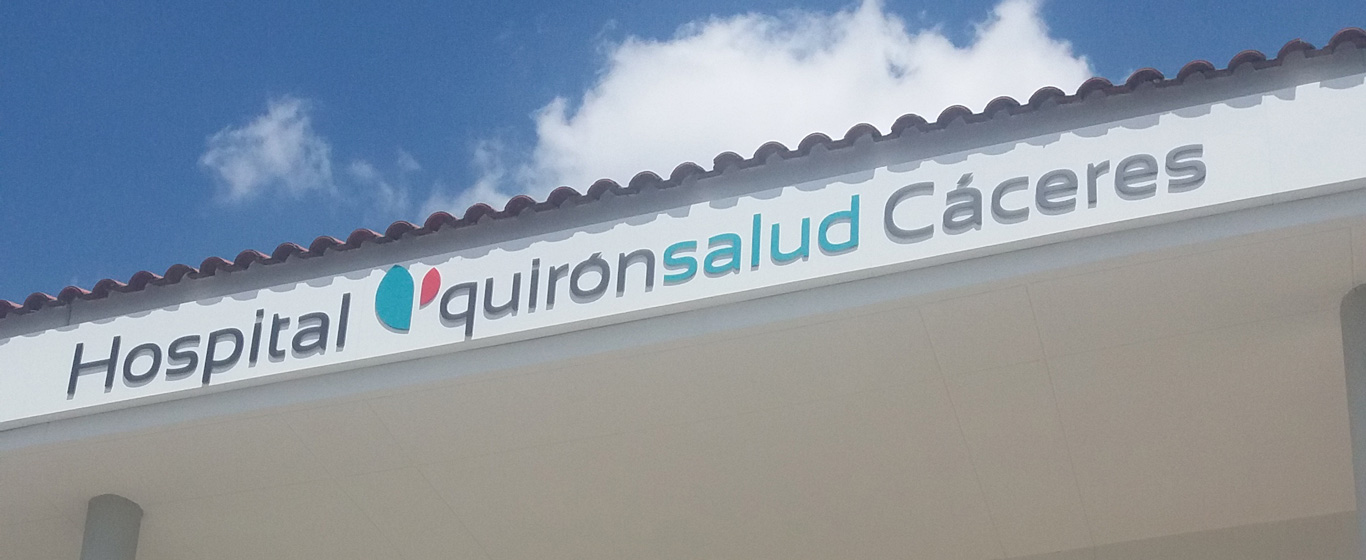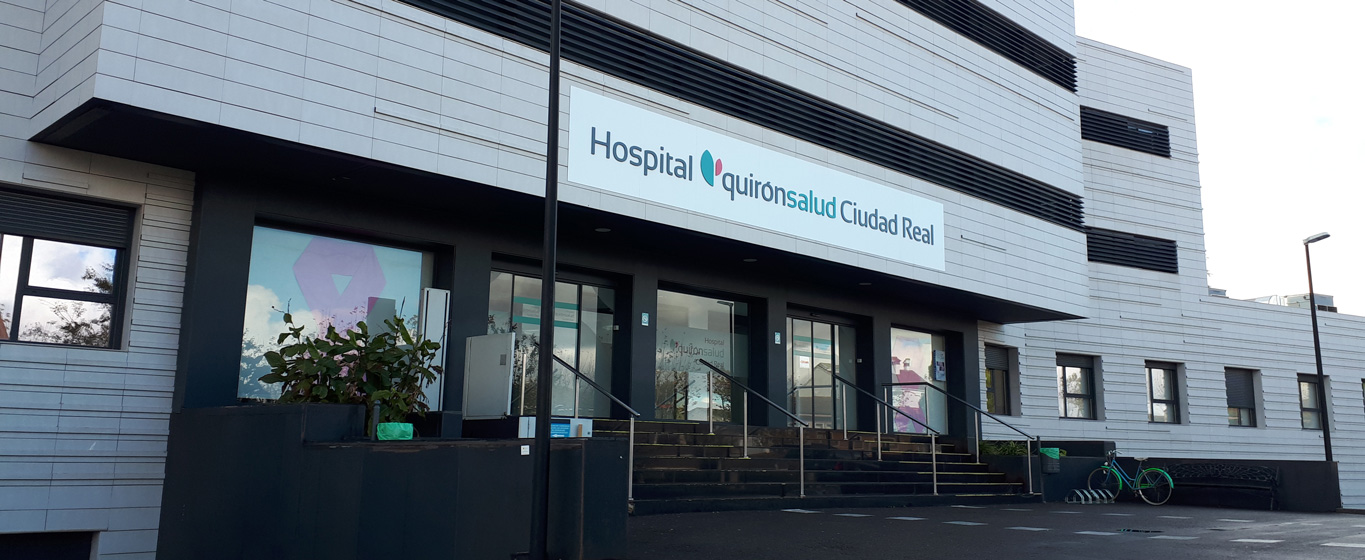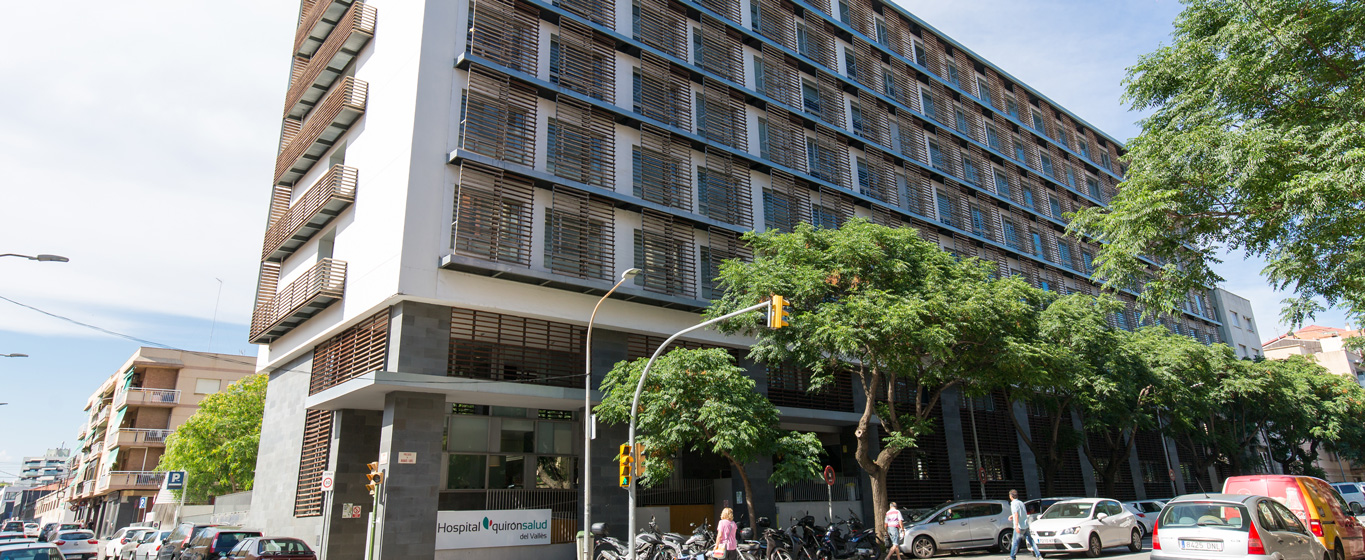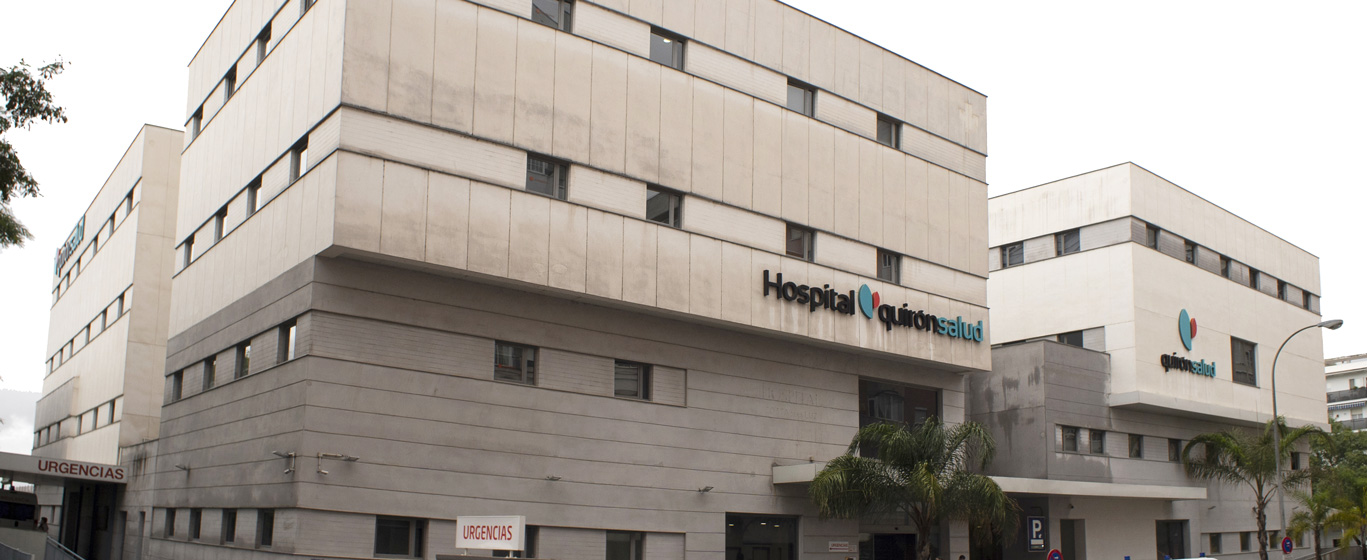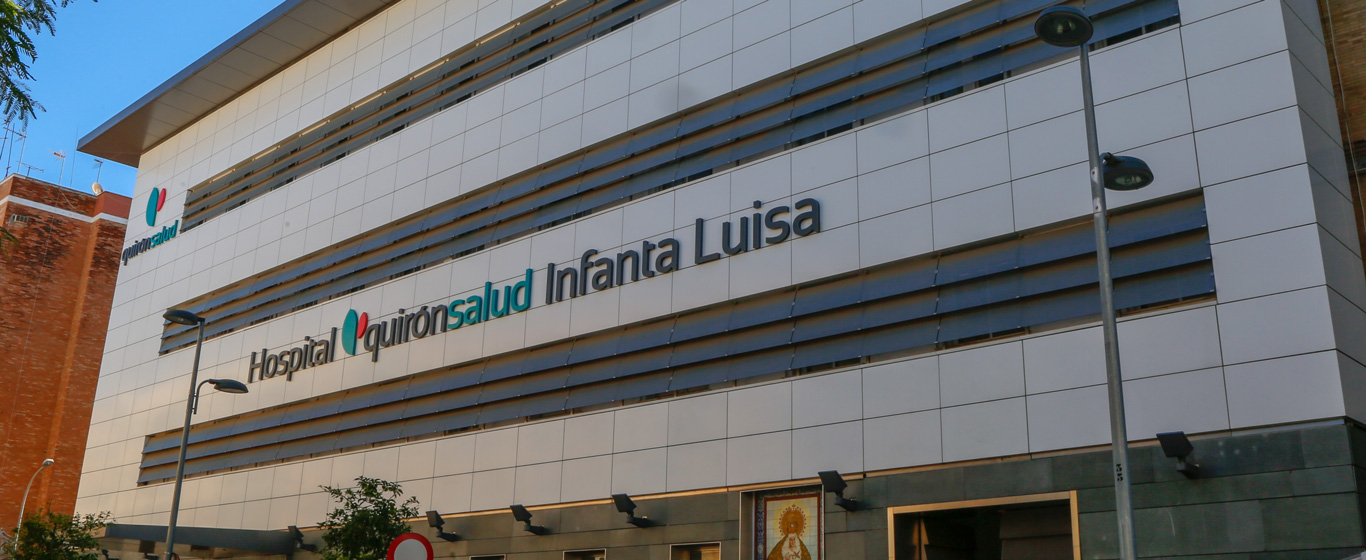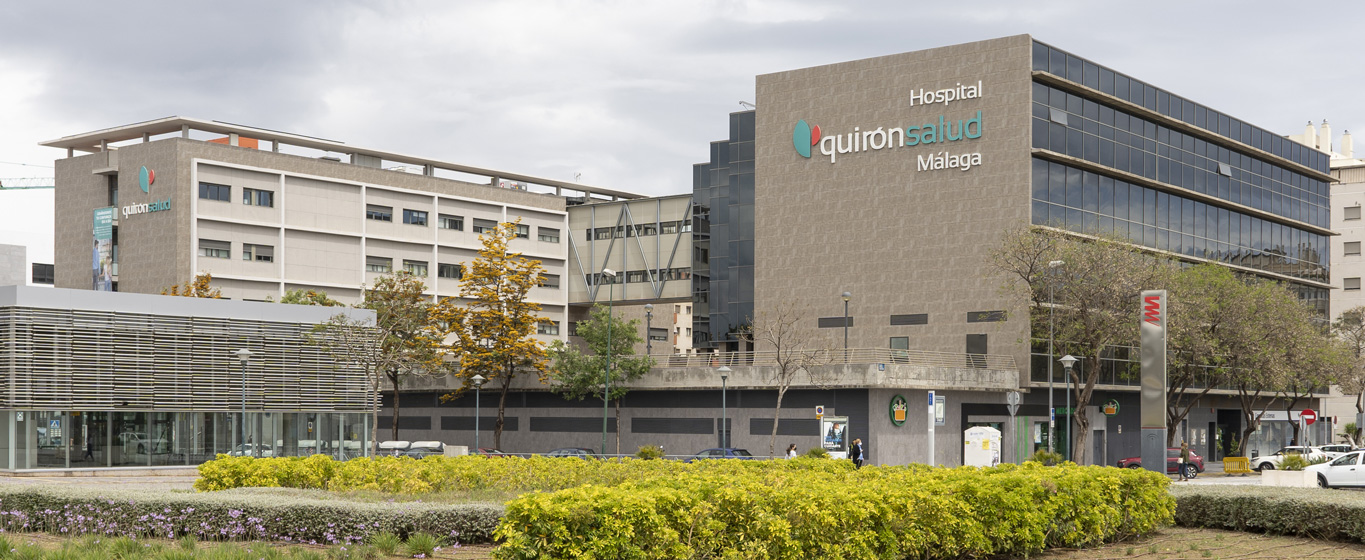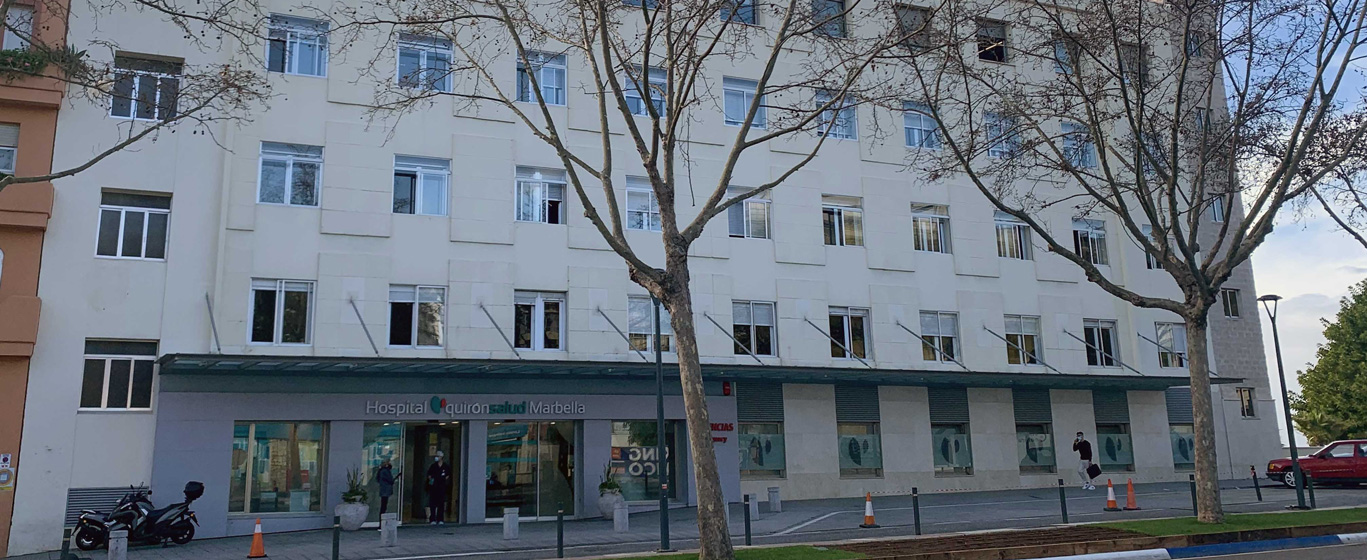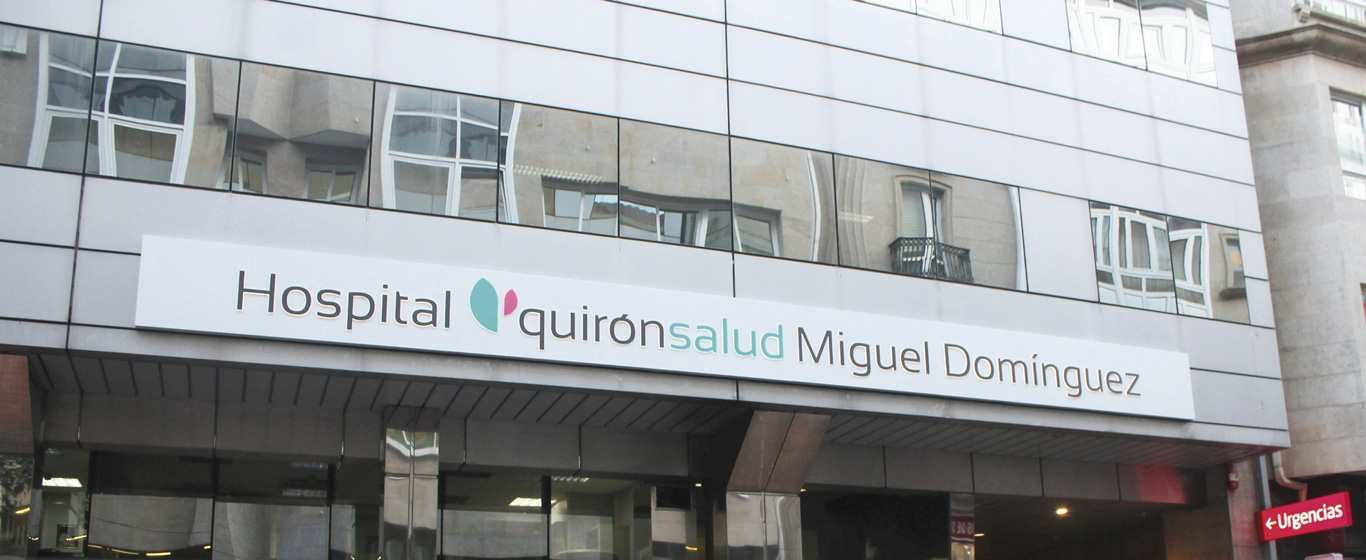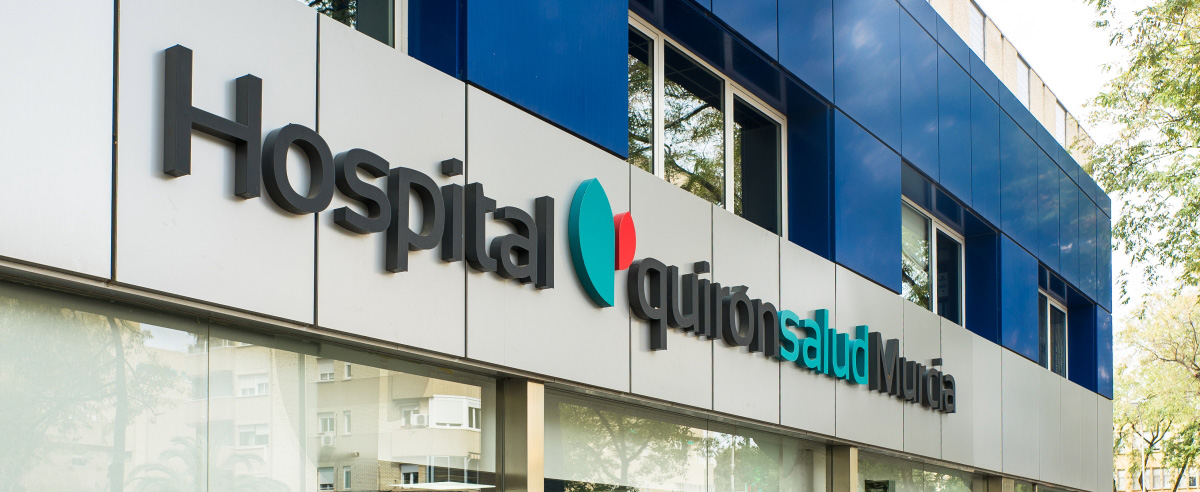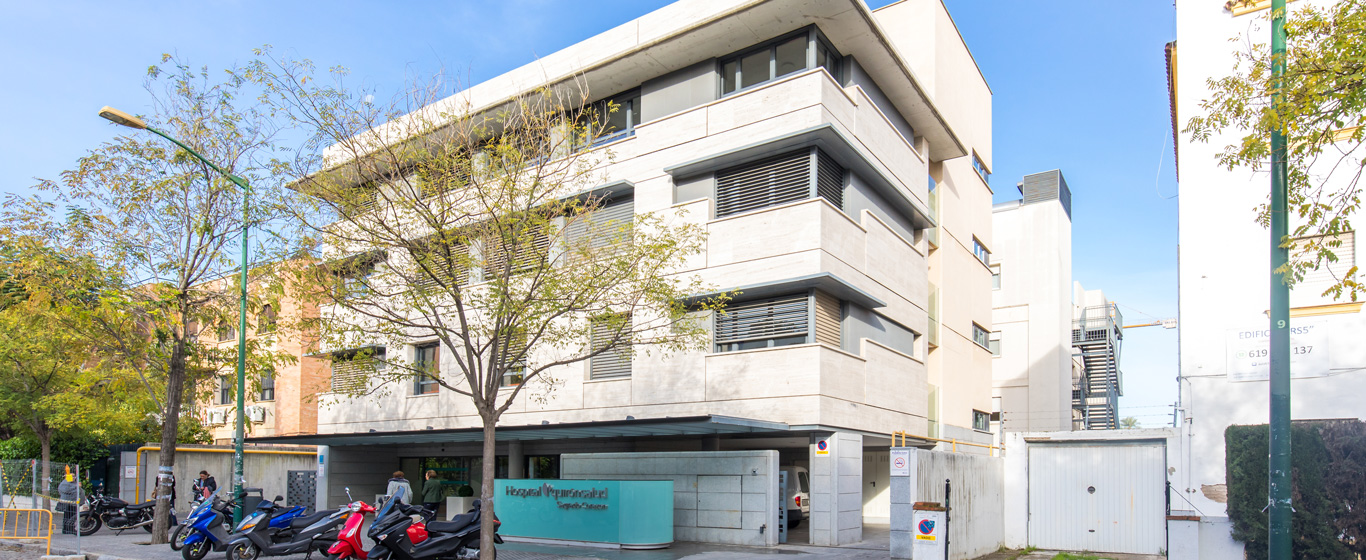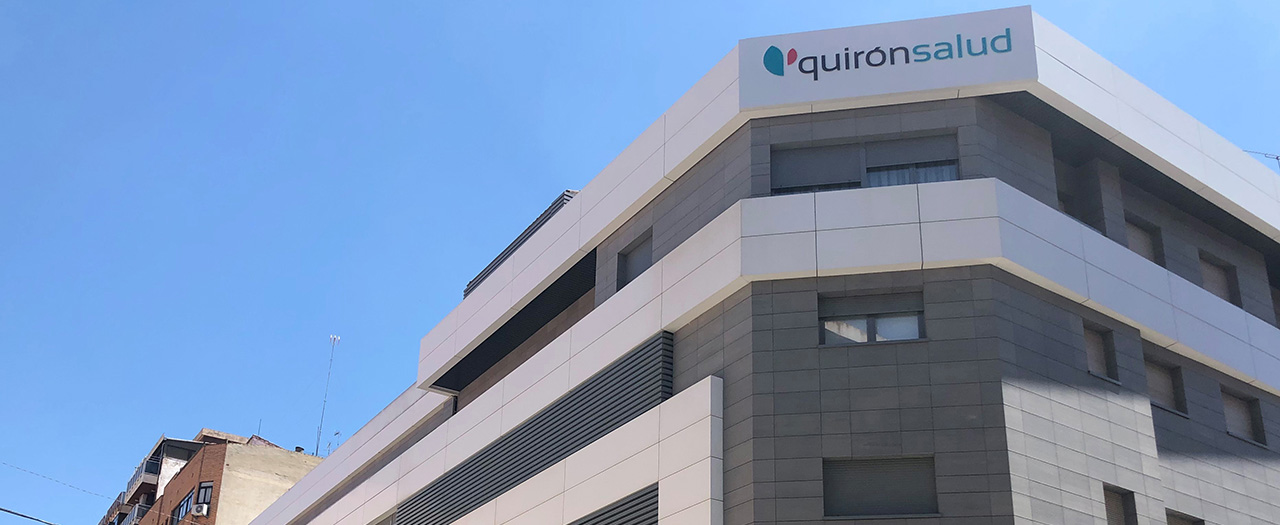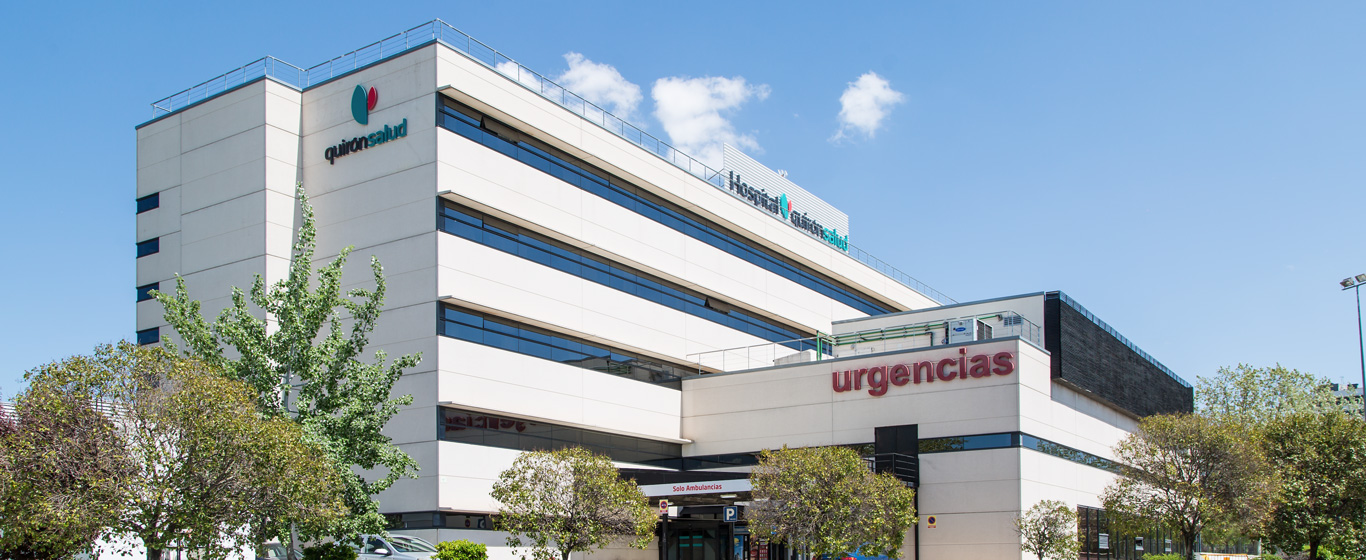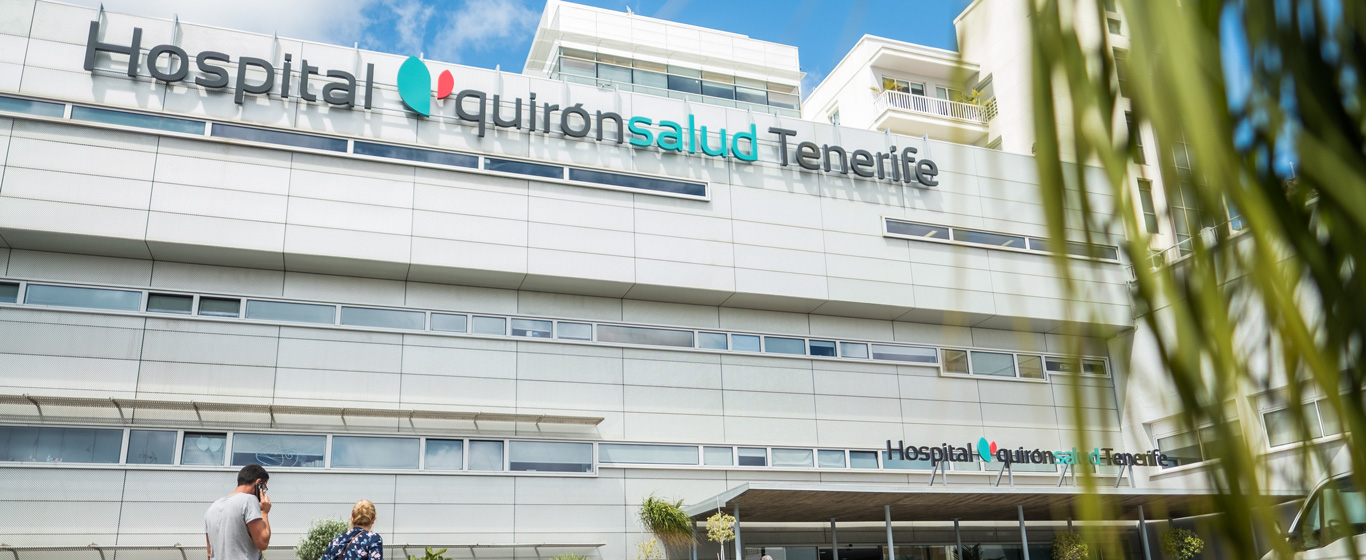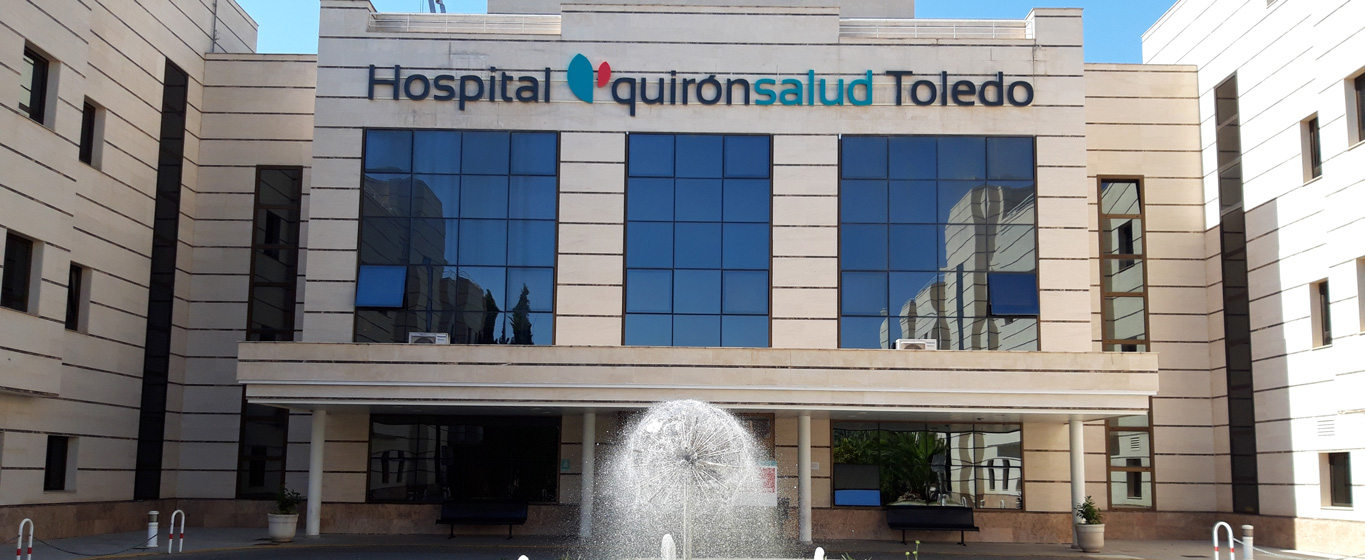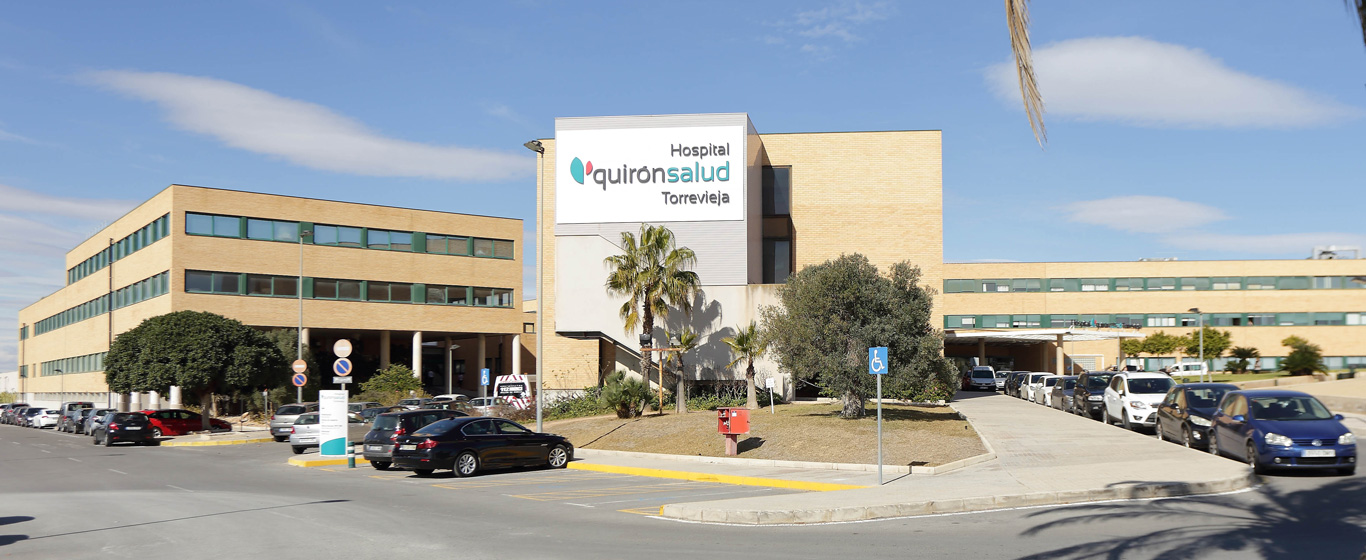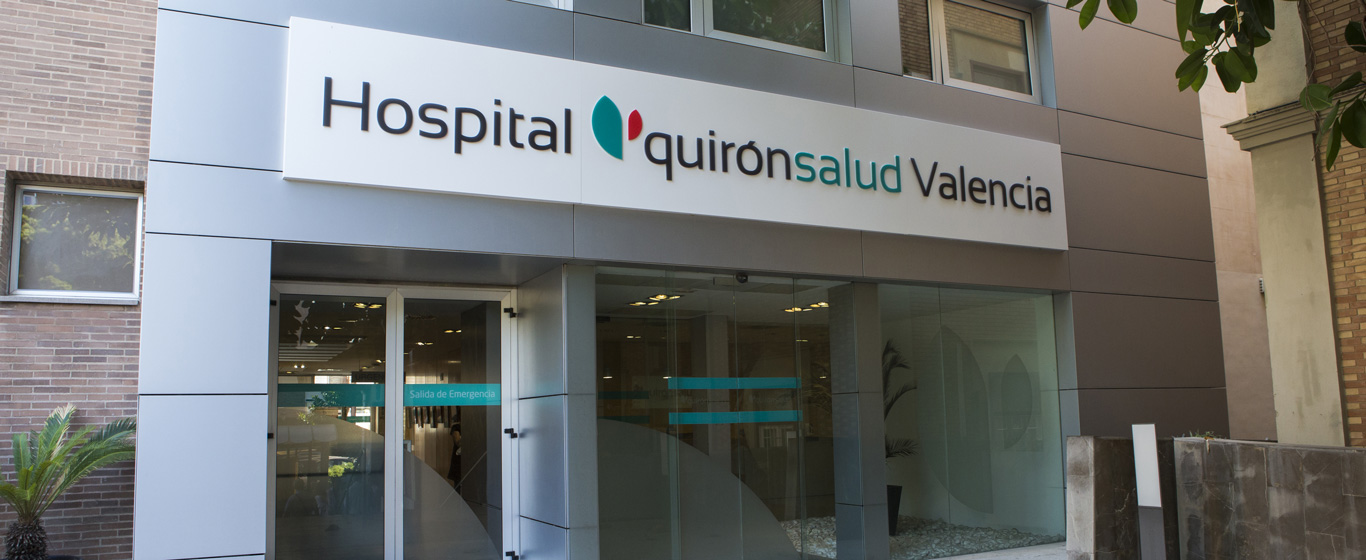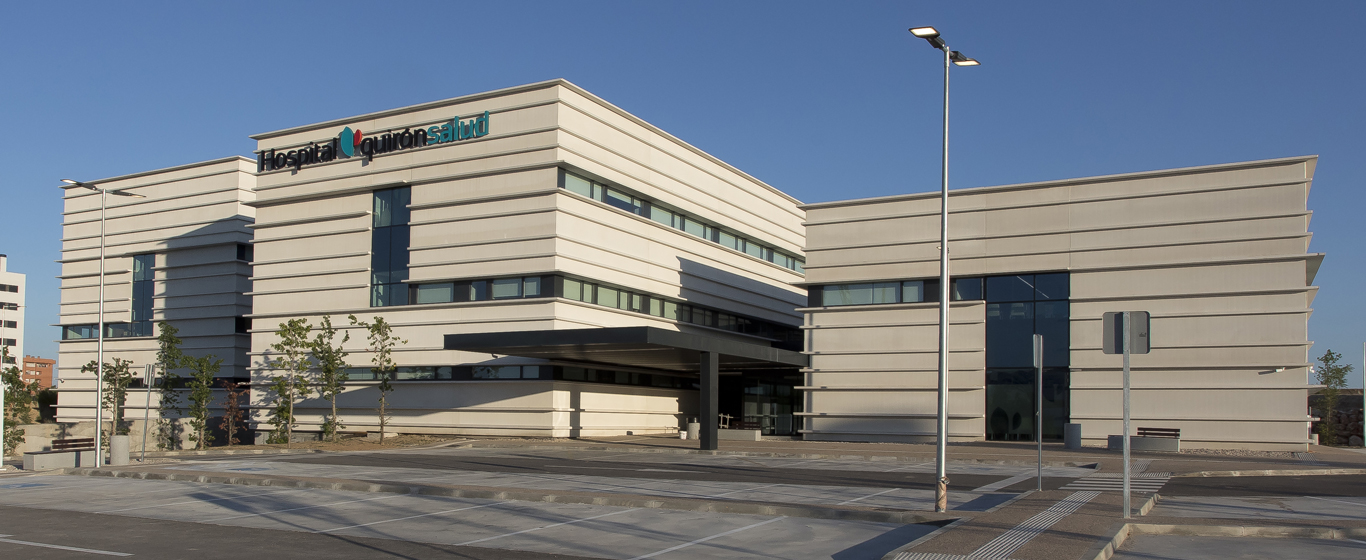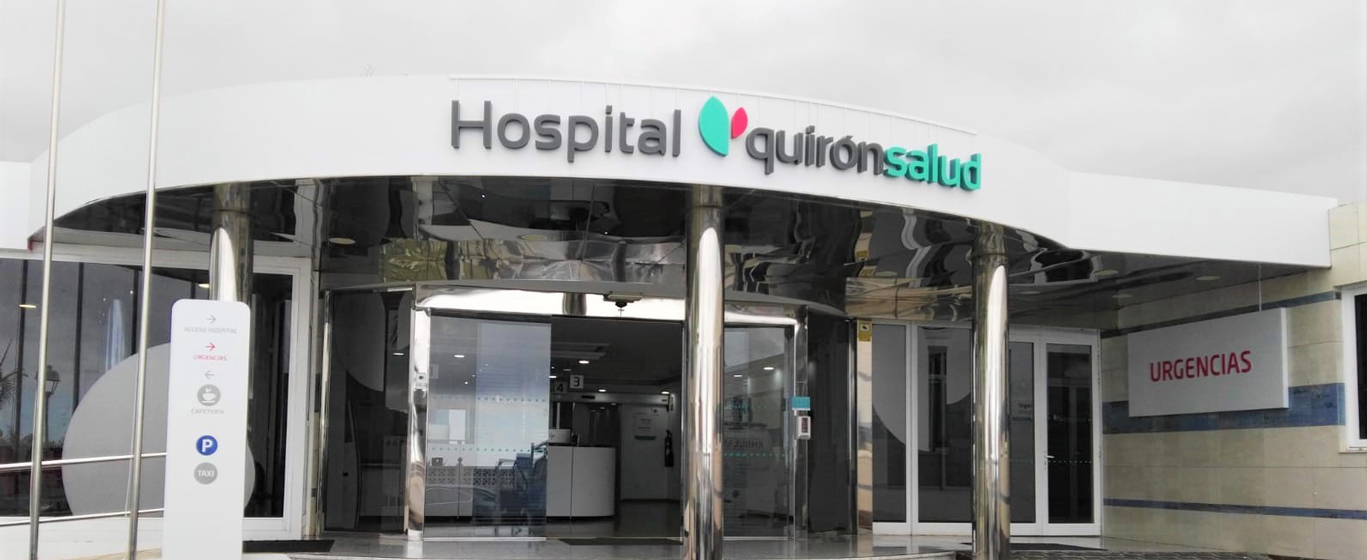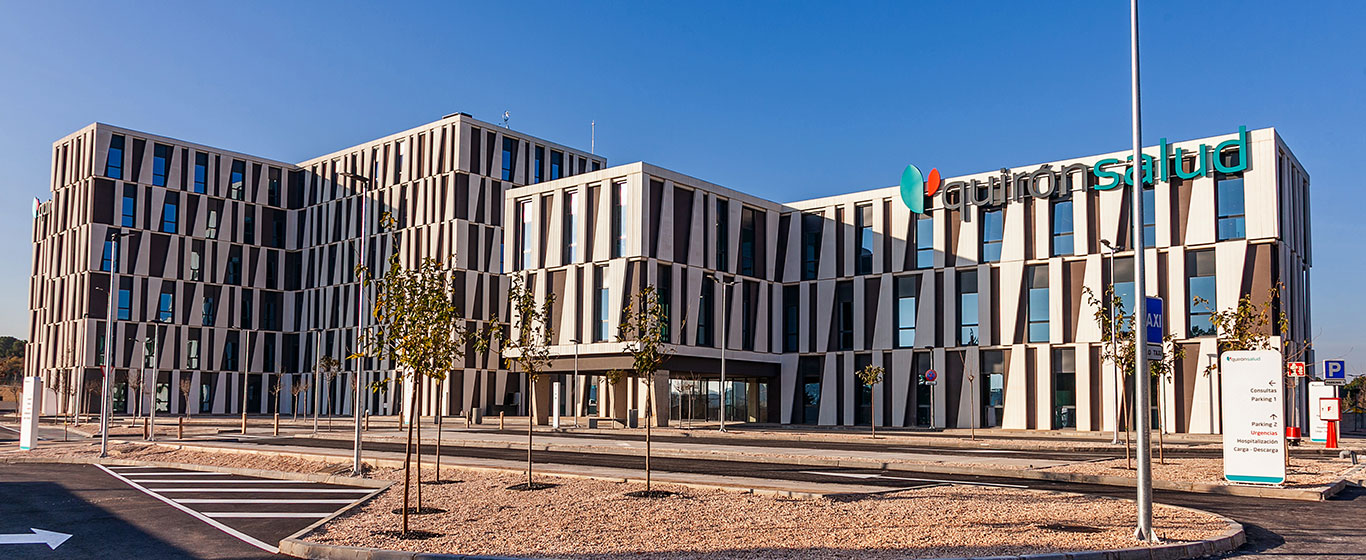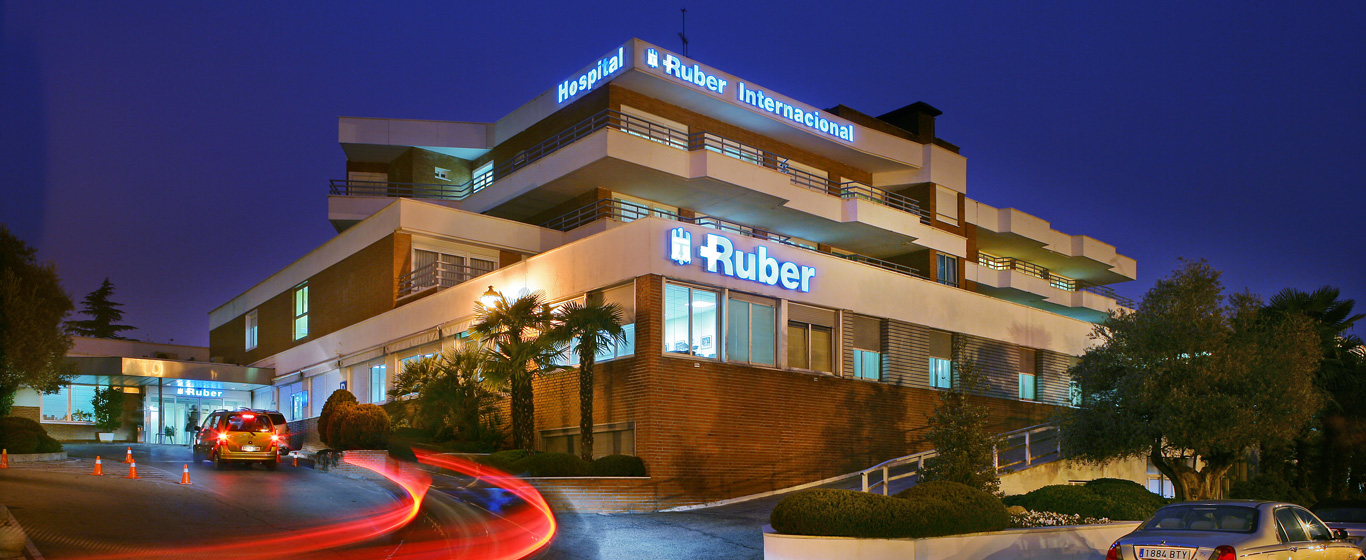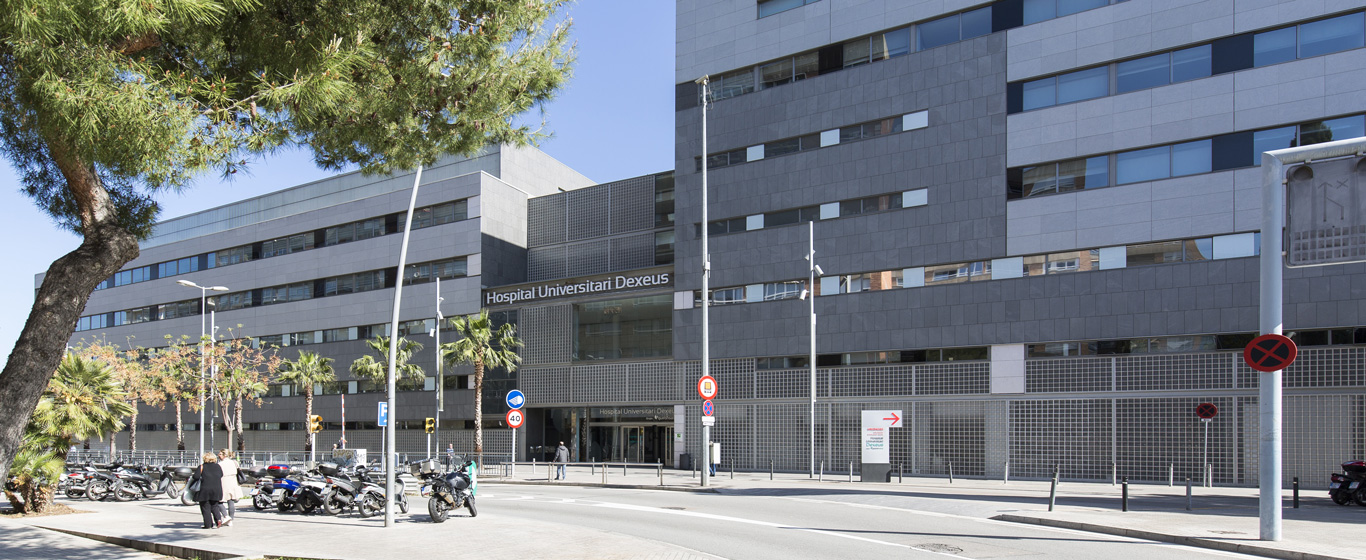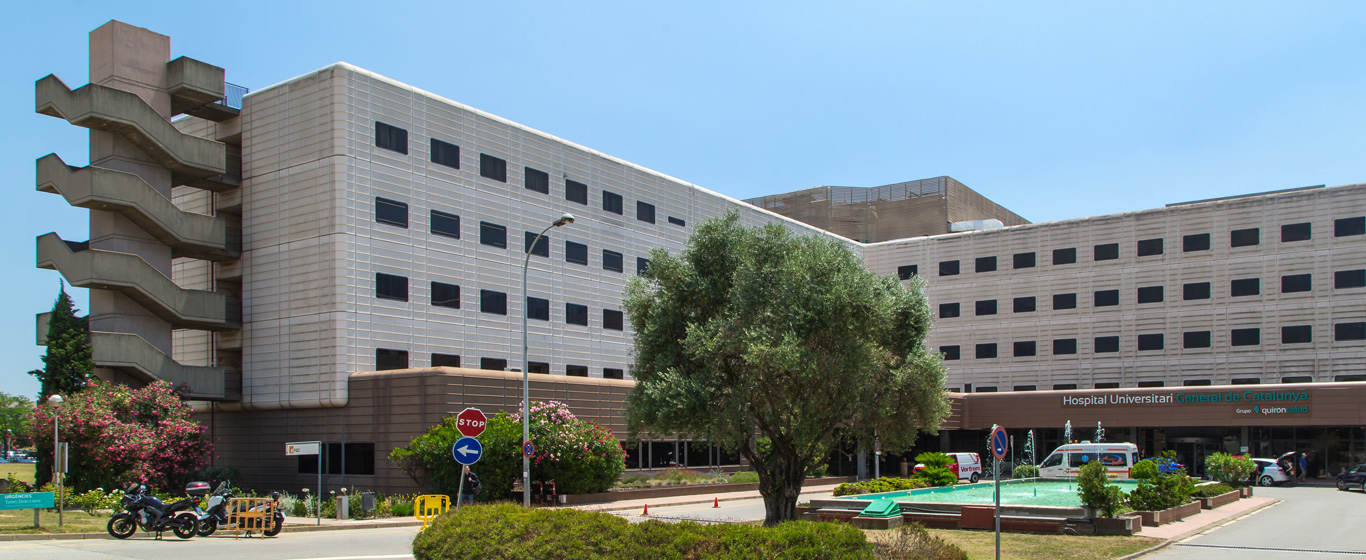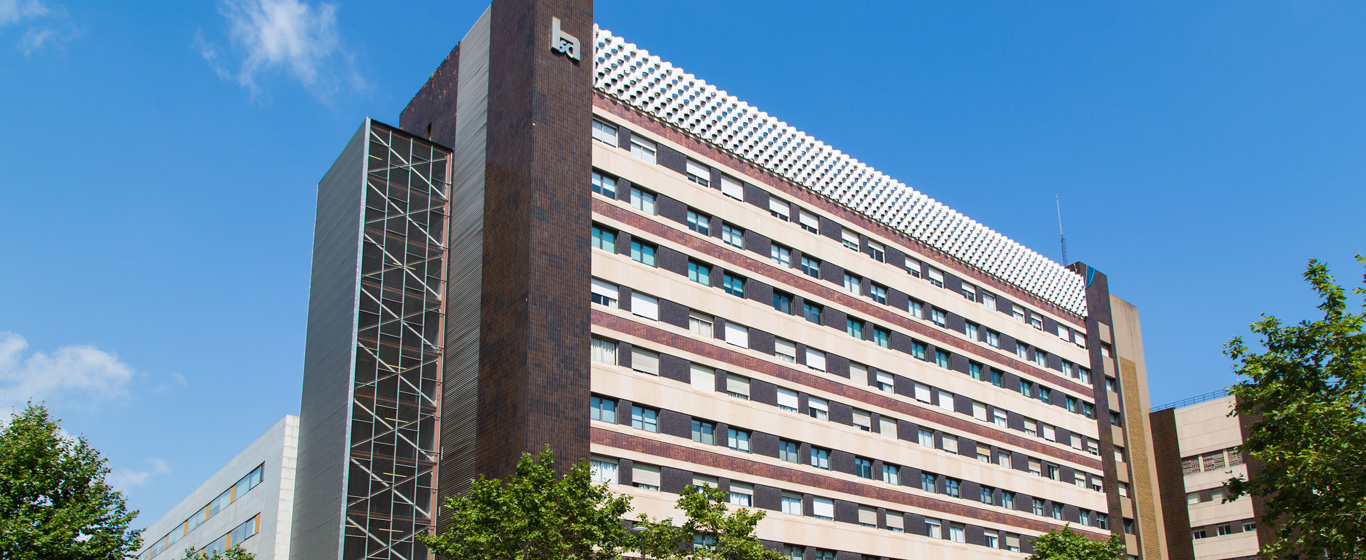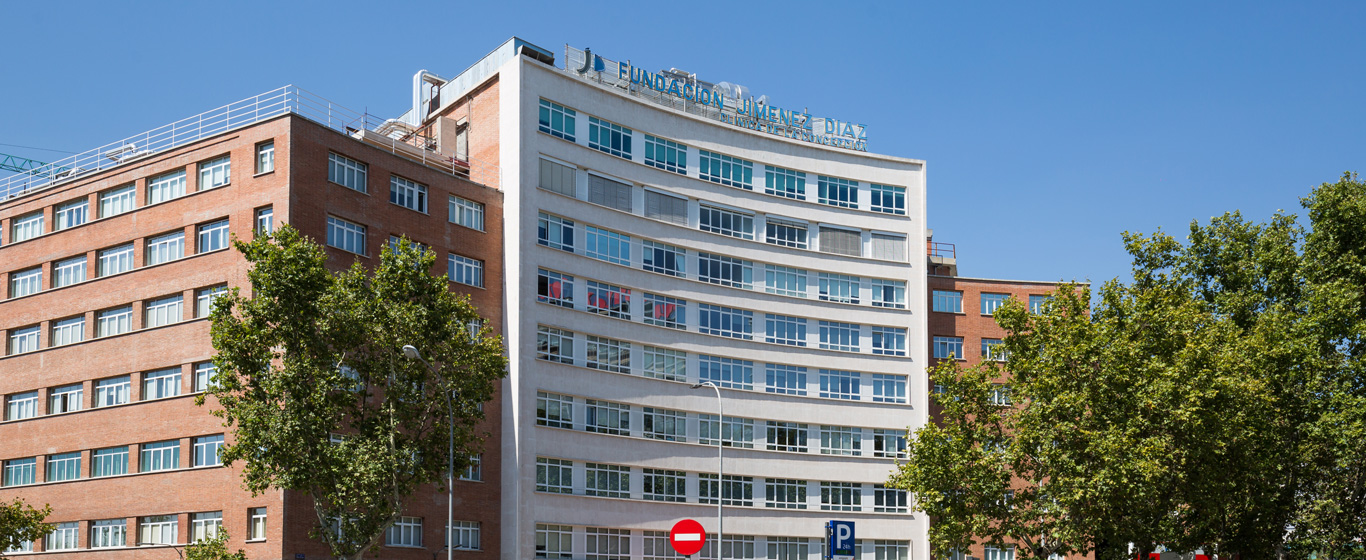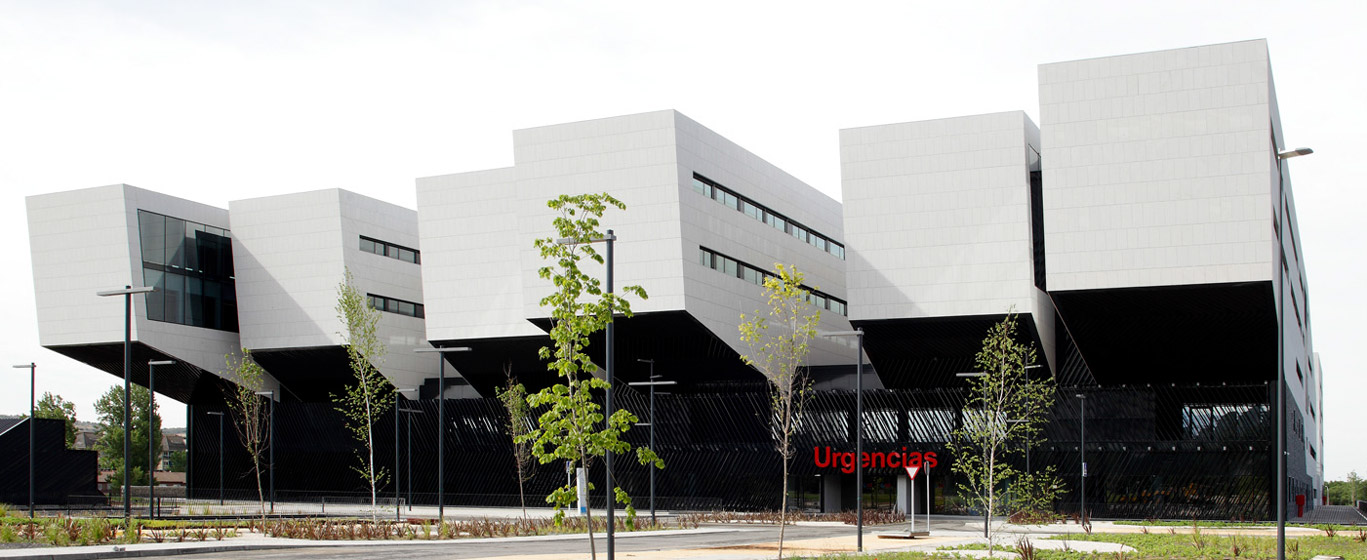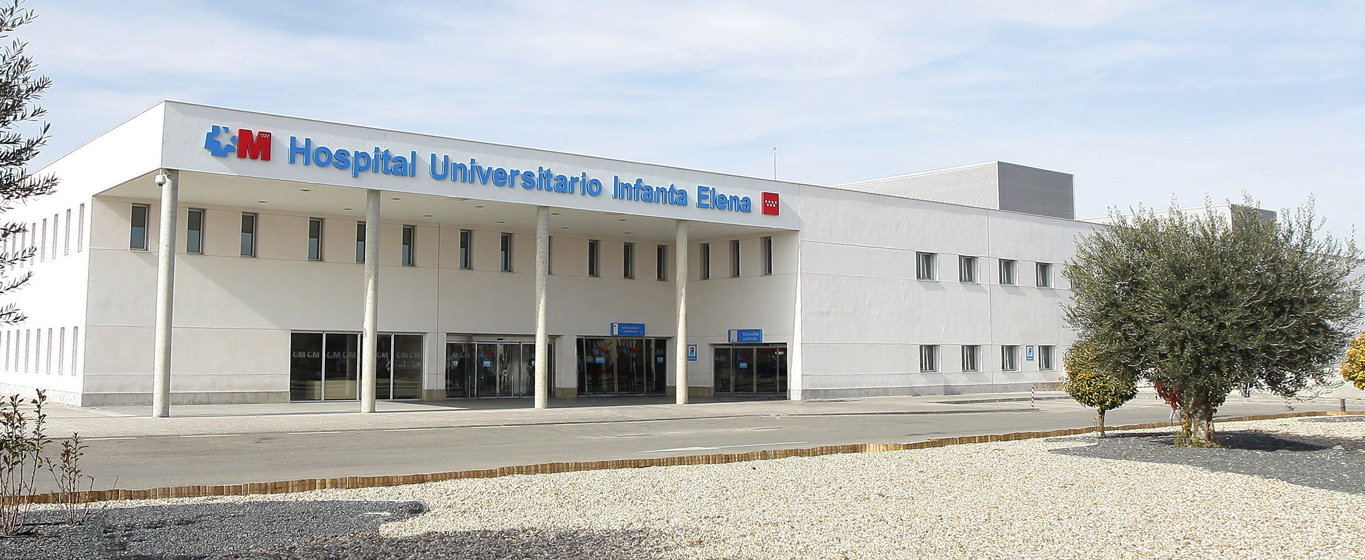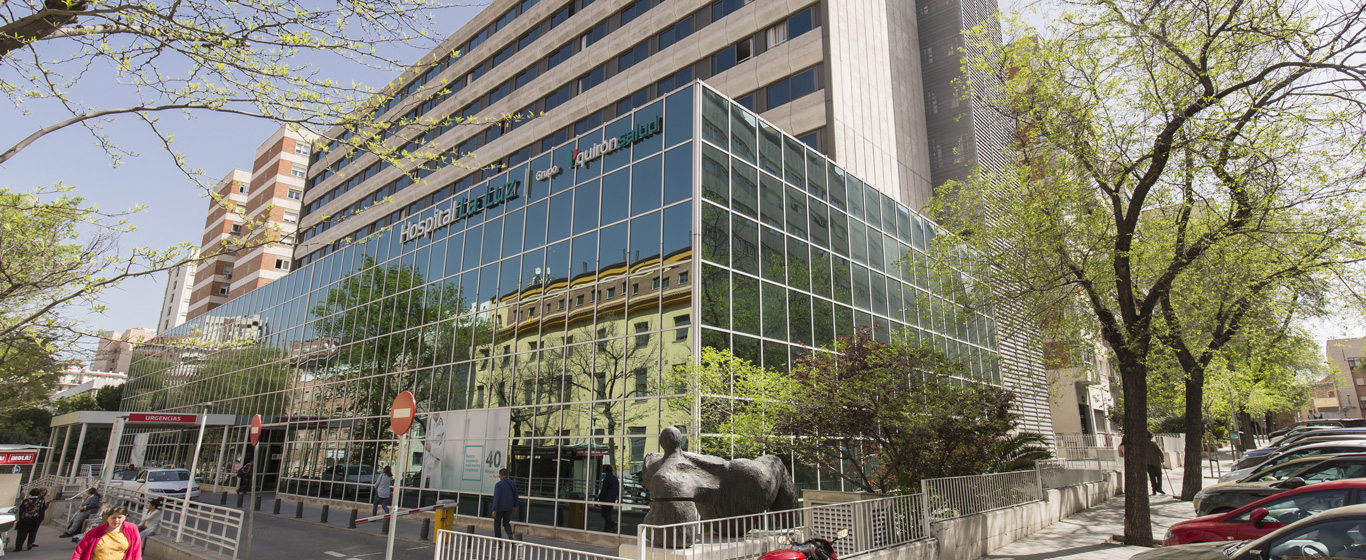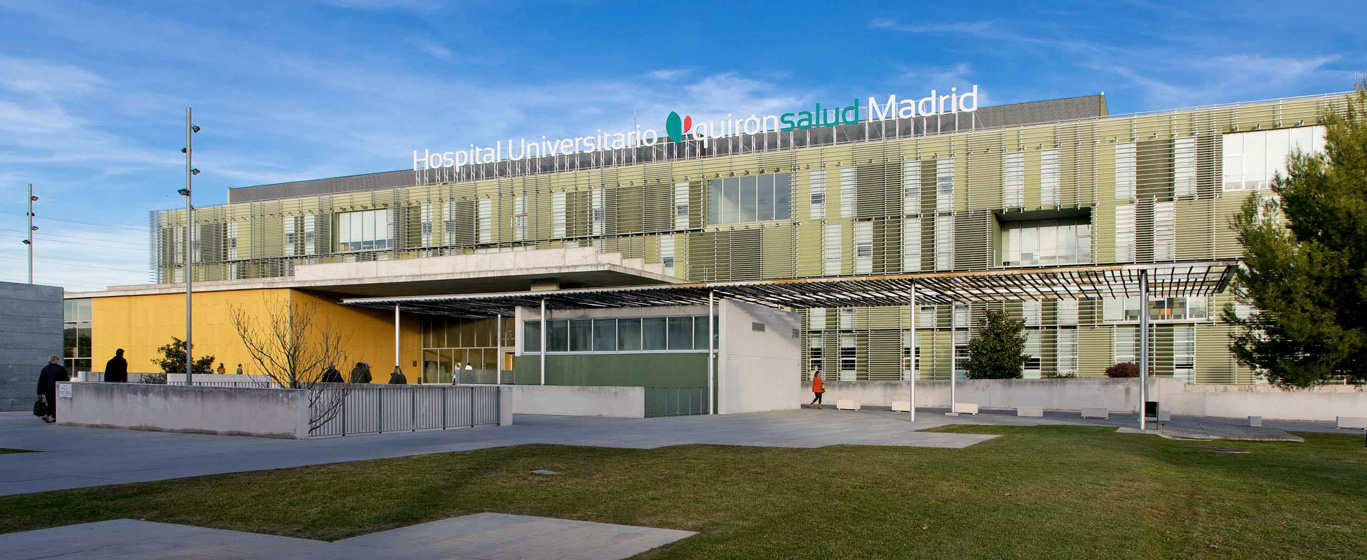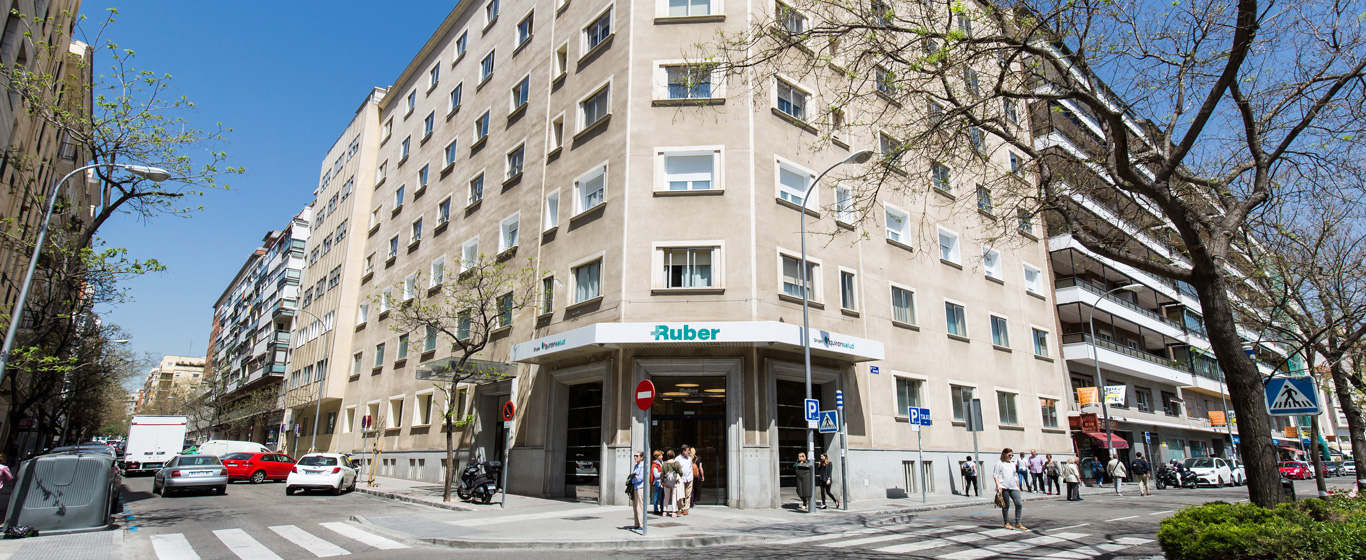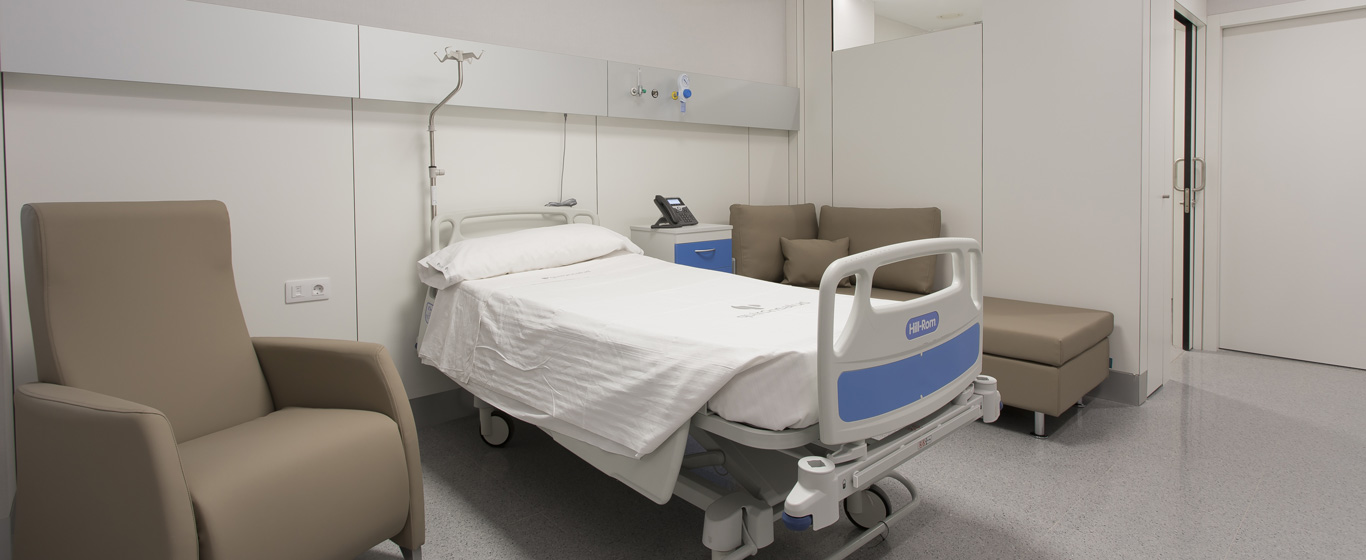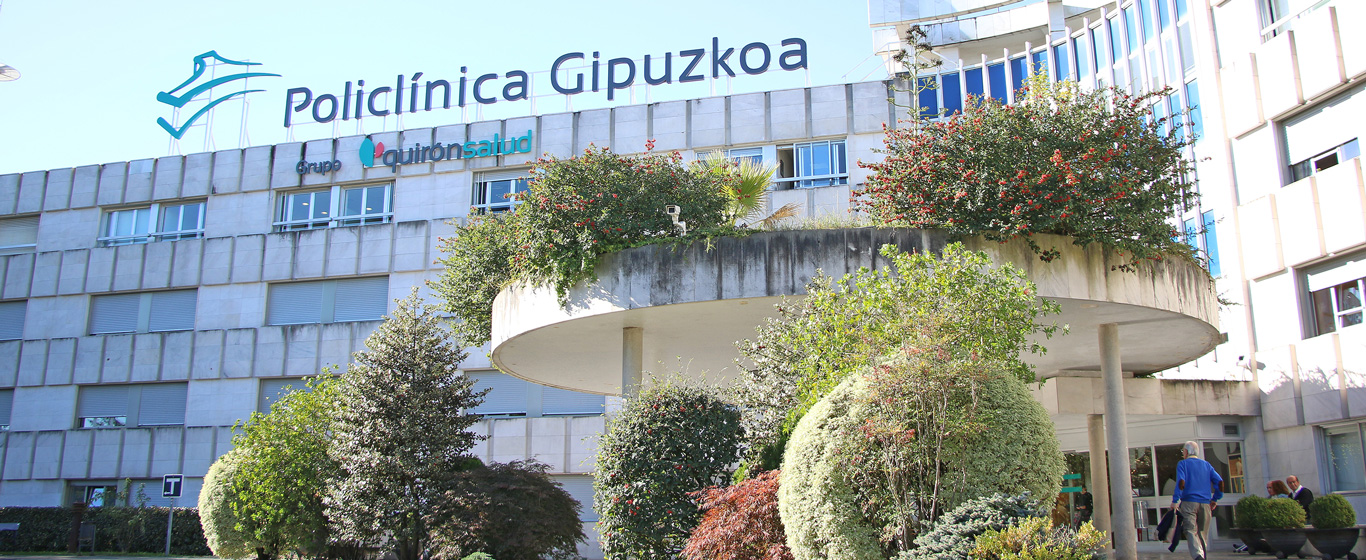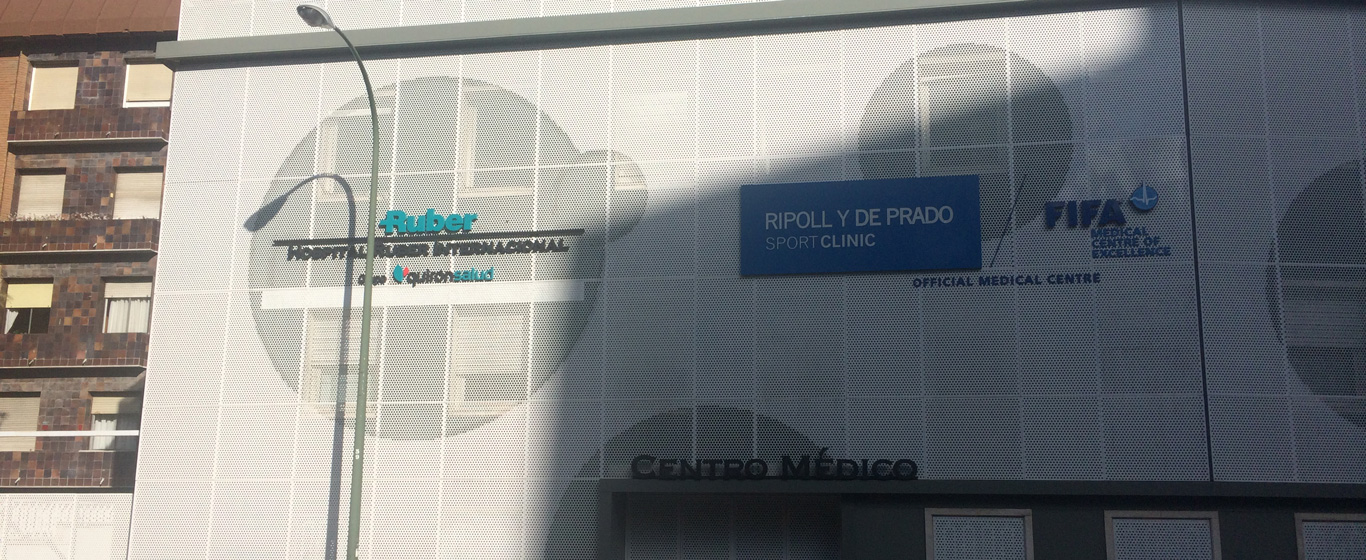Thrombophlebitis
What are the types of thrombophlebitis? Does this condition have a cure? Learn about the causes, symptoms, and complications of each type.
Symptoms and Causes
To define thrombophlebitis, we must understand that the term "phlebitis" refers to inflammation of a vein, while "thrombosis" indicates the presence of a blood clot inside the vein. Superficial venous thrombosis (SVT), often referred to as thrombophlebitis, is a condition that affects a vein in the superficial circulation, causing inflammation and/or thrombosis of the vessel. It primarily occurs in the legs, though it can develop anywhere in the body.
SVT is a relatively mild and self-limiting condition. The most serious complication associated with SVT is its extension into a deep vein (deep vein thrombosis, DVT) or the detachment of the clot, which can then travel through the bloodstream and block a vein or artery, suddenly cutting off blood supply to an organ. This is the case with pulmonary embolism (PE). A detached clot is called an embolus.
Treatment focuses on relieving local discomfort and preventing thrombotic complications.
Depending on whether there is vein inflammation, a clot inside the vein, or both, we can classify the condition as follows:
- Superficial phlebitis: This refers to pain and inflammation of a vein without the presence of a clot. It is clinically diagnosed based on symptoms such as pain, tenderness, hardening, and redness along a superficial vein. This is usually caused by inflammation and, less frequently, by an infection. If a clot is identified (as a palpable cord or through imaging studies), the preferred term is superficial thrombophlebitis or superficial vein thrombosis (SVT).
- Superficial thrombophlebitis: This term describes symptoms of venous inflammation with confirmed thrombosis.
- Superficial vein thrombosis (SVT): This term is used for a more serious condition, as thrombosis in veins of certain locations may be associated with DVT or pulmonary embolism (PE), either at the time of diagnosis or later on.
Causes
The irregular formation of a blood clot that causes thrombophlebitis can result from:
- Vein injuries due to trauma or medical procedures, such as catheters and surgeries.
- Underlying blood clotting disorders.
- Chronic venous insufficiency or varicose veins.
- Prolonged immobility.
- Infections: Clot formation due to infection is known as septic thrombophlebitis. It can occur as a complication of childbirth or abdominal conditions and has a severe prognosis.
Risk Factors
Superficial venous thrombosis is associated with factors that promote clot formation, such as reduced venous flow, coagulation abnormalities, and vessel wall damage. These factors may include:
- Prolonged immobility, such as hospitalization or long trips.
- Advanced age.
- Pregnancy.
- Overweight or obesity.
- Recent surgeries.
- Presence of venous catheters.
- Hormonal treatments.
- Family history of thrombophlebitis or thrombosis.
- Hereditary clotting disorders.
- Cancer.
Among these, the most significant factors for superficial vein thrombosis (SVT) and superficial thrombophlebitis in the lower limbs are:
- Varicose veins: The leading cause of superficial thrombosis in the lower extremities, accounting for up to 90% of cases. The primary risk factors include local trauma and a sedentary lifestyle in individuals with varicose veins.
- Pregnancy and estrogen therapy: The incidence of phlebitis and thrombosis in the superficial veins of the lower extremities rises significantly during the first postpartum month. The use of combined oral contraceptives containing estrogen and progesterone, as well as other hormonal treatments, also increases the risk of thrombophlebitis, superficial vein thrombosis (SVT), and venous thromboembolism.
- History of DVT or SVT: Increases the risk of future thrombotic events, including DVT and pulmonary embolism.
- Hypercoagulable states (increased clotting risk): Conditions like cancer are associated with thrombophlebitis. Trousseau’s syndrome, characterized by recurrent migratory phlebitis, is linked to adenocarcinomas, particularly pancreatic cancer.
- Autoimmune disorders: Behcet’s disease has been associated with SVT. Additionally, patients with Buerger’s disease are particularly susceptible to SVT, which in these cases involves inflammation of the vessel walls.
- Venous catheters: These devices cause endothelial injury or vessel wall damage and venous stasis. The upper extremities are more commonly affected due to frequent catheter placement in these locations.
Symptoms
Symptoms of superficial thrombophlebitis vary depending on the size and location of the clot:
- Pain, warmth, or heaviness in the affected area.
- Swelling.
- Redness.
- A palpable, painful cord corresponding to the inflamed vein.
- Fever.
Complications
In general, the consequences of superficial thrombophlebitis are mild. However, in some cases, more severe complications may arise, such as:
- Pulmonary embolism: This can be life-threatening.
- Post-phlebitic syndrome: Damage to the veins reduces blood flow in the affected area, causing persistent pain, swelling, skin inflammation, and discoloration. This condition can become disabling.
- Treatment side effects: Anticoagulants can cause bleeding.
Prevention
To prevent thrombosis, it is essential to maintain a healthy lifestyle:
- Maintain a healthy weight.
- Avoid tobacco and alcohol.
- Engage in regular physical activity.
In cases of forced immobility, such as hospitalization or long trips, it is advisable to move the legs frequently by flexing the ankles or pressing with the feet, as well as drinking plenty of water to stay hydrated. In a hospital setting, anticoagulants may be administered as a preventive measure.
What Doctor Treats Thrombophlebitis?
The specialties responsible for diagnosing and treating thrombophlebitis are hematology, angiology, and vascular surgery.
Diagnosis
The diagnosis of phlebitis and superficial vein thrombosis in the lower extremities is typically clinical, based on symptoms and physical examination, especially in patients with known risk factors. Additional tests may be required depending on the clinical context:
- Venous Doppler ultrasound: This ultrasound imaging test evaluates blood flow in a specific area. It distinguishes between DVT and superficial thrombophlebitis. In patients with suspected thrombosis, an initial ultrasound is recommended to rule out deep vein thrombosis (DVT) and assess the location and extent of the clot.
Most patients with uncomplicated phlebitis do not require additional laboratory tests. If complications are suspected, a coagulation study, including a D-dimer test, may be conducted. An elevated D-dimer level indicates coagulation activation but does not necessarily confirm thrombosis.
Treatment
In most cases, thrombophlebitis resolves on its own. Treatment focuses on relieving symptoms, preventing clot progression, and reducing complication risks:
- Applying heat to the affected area.
- Taking nonsteroidal anti-inflammatory drugs (NSAIDs) to reduce swelling.
- Using compression stockings to improve blood flow.
- Varicose vein removal: Surgery may be performed to remove painful or recurrently thrombosed varicose veins.
A trained specialist should assess whether the patient is at high risk for thrombotic complications, DVT, or PE. If so, anticoagulant treatment is recommended.




